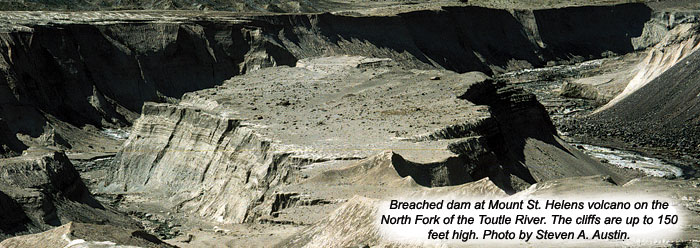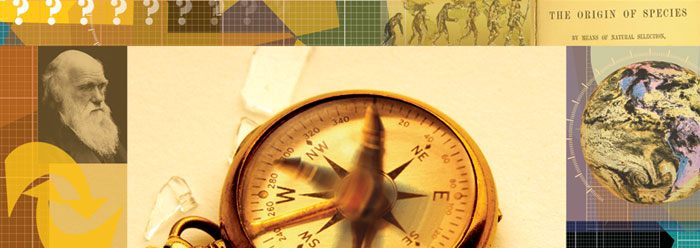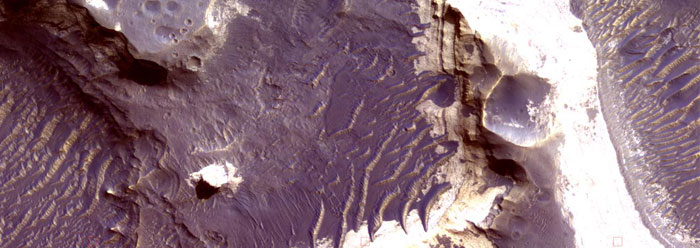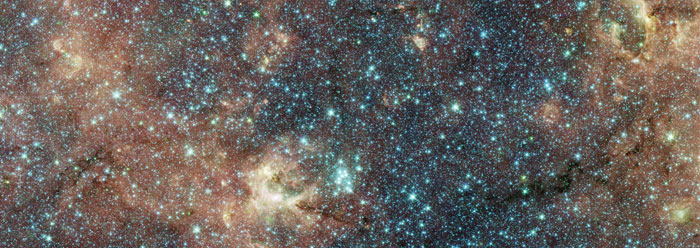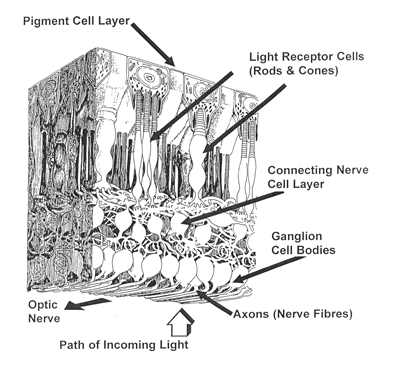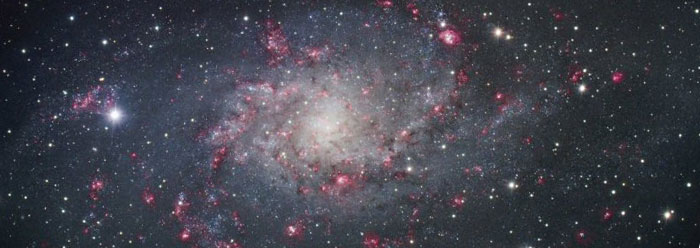Archive of Impact Articles
One of the claims most frequently used by evolutionists for excluding the scientific evidence for creation in public schools and to be denied for publication in scientific journals is that such evidence is not based on natural laws, therefore it cannot be scientific. They claim that evolutionary theory is based on natural laws and thus qualifies as a scientific theory. Hence, the theory of creation must be excluded, but the theory of evolution is admissible (of course, it must be absolutely atheistic). However, evolutionary theory is not based on natural laws but is actually contrary to natural laws.
Let us first consider evolutionary theories on the origins of the universe. The most widely accepted theory on the origin of the universe is known technically as inflation theory, but is generally referred to as the Big Bang theory. It was recognized that the standard Big Bang theory had insuperable flaws, so something else had to be postulated to rescue the theory. Alan Guth, now at the Massachusetts Institute of Technology, invented the notion, based on quantum theory, that prior to the Big Bang there occurred a fluctuation of a false vacuum. The particle, or whatever it might be called, that was produced in a tiny fraction of a second, inflated itself into something about the size of a grapefruit. From this point on the remainder of the universe was produced essentially similar to the original Big Bang theory, starting with subatomic particles, then hydrogen (75%) and helium (25%), then stars and galaxies, eventually our solar system, and so on until we arrived. There were no natural laws in existence during this hypothetical early stage of the origin of the universe. Evolutionists must suppose that the natural laws that now govern the operation of the known universe somehow were produced by the Big Bang. Therefore, its origin could not have been based on natural laws. If creation is excluded then likewise all evolutionary theories on the origin of the universe must also be excluded.
Furthermore, there are perhaps as many as fifty physical constants in the universe that must be precisely what they are or the universe and life could not exist. They cannot be a little bit more or a little bit less. They include, for example, the universal constants (Boltzman's constant, Planck's constant, and gravitational constant); the mass of elementary particles (pion rest mass, neutron rest mass, electron rest mass, unit charge, mass-energy relation); and fine structure constants (gravitational, weak interaction, electromagnetic, and strong fine constants). The probability that even just one of these physical constants could have been produced with precisely the value required from the chaos of the Big Bang is vanishingly small, let alone fifty or so. Thus, all theories on an evolutionary origin of the universe contradict the laws of probability and must therefore be excluded on this basis as well.
According to evolutionary theory, starting with the chaos and disorder of the Big Bang and the simplicity of hydrogen and helium gases, the universe created itself. This is clearly a violation of natural law, namely the Second Law of Thermodynamics. According to this law an isolated system can never increase in order and complexity, transforming itself to higher and higher levels of organization. An isolated system will inevitably, with time, run down, becoming more and more disorderly. There are no exceptions. Contrary to this natural law, evolutionists believe the universe is an isolated system which transformed itself from the chaos and disorder of the Big Bang and simplicity of hydrogen and helium gases into the incredibly complex universe we have today. This is a direct violation of the Second Law of Thermodynamics. If natural laws are natural laws, the universe could not have created itself. The only alternative is that it is not an isolated system. There must be a Creator that is external to and independent of the natural universe who was responsible for its origin and who created the natural laws that govern its operation.
What about the present state of the universe? There are three possibilities. It could be in a steady state, neither increasing nor decreasing in order and complexity. A second possibility would be that it is increasing in order and complexity. The third possibility would be that it is constantly decreasing in order and complexity. Some evolutionary astronomers reject the Big Bang theory and suggest what is called the Steady State Theory. They would suggest the first possibility. If the Big Bang theory is correct, and as evolutionists believe, the present natural laws are all there is and all there ever has been, then the order and complexity of the universe should constantly be increasing. Creation scientists, on the other hand, maintain that in the beginning God created the universe in a perfect state and therefore matter would have no tendency to increase in order and complexity. Thus, if something has occurred since creation to change the original created state (and we know that it has) the order and complexity of the universe could not be increasing, but it could be decreasing. Fully in accord with the Second Law of Thermodynamics, the order and complexity of the universe is constantly decreasing. Every star in the universe is burning up billions of tons of fuel every second. Obviously, that supply of energy cannot last forever. Therefore, unless God intervenes (and the Bible tells us He will), the universe is certain to die. Eventually every star will have burned up all of its fuel and the lights will go out. At this point, there would be no life and no activity anywhere in the universe. It would be dead. If the natural laws which now govern the universe are causing its death and destruction, and these laws are all there is and all there ever has been, how could they have created the universe in the first place? What sort of tortured logic is necessary to suggest such an impossibility? The present state of the universe and the laws that govern it contradict all evolutionary theories concerning its origin.
The knowledge concerning the laws of thermodynamics was developed about one hundred and fifty years ago, but this knowledge was inscribed in the Bible three thousand years ago. In Psalm 102:25-26 we read, "Of old hast thou laid the foundation of the earth: and the heavens are the work of thy hands. They shall perish, but thou shalt endure: yea, all of them shall wax old like a garment . . ." The Bible tells us that in the beginning God created the heavens and the earth, but now, in their present state, and fully in accord with the Second Law of Thermodynamics, they are wearing out like a suit of clothes. At the time the Bible was written, most people believed that the universe had been here forever and would continue to be here forever. The Bible says, not so, the universe had a beginning and is now wearing out and running down, just as modern science has determined. Furthermore, modern science establishes that the universe had to have a beginning. If the universe had been here forever it would have run down a long time ago. It hasn't run down yet, so it could not have been here forever. Therefore, it had a beginning, and the Biblical statement, "In the beginning," has been scientifically verified, as has its statements concerning the present state of the universe.
Let us now consider theories on the origin of life. Here also the so-called evolutionary origin of life chemist is forced to utilize processes contrary to natural laws. In their experiments designed to produce even very simple molecules, they run into insuperable difficulties. For example, they must postulate some form of energy that would be available to convert simple molecules into more complex molecules. The only forms of energy that would have been available on their hypothetical primitive Earth would have been energy from the Sun, electrical discharges (lightning), radioactive decay, and heat. Most of the available energy would be that from the Sun. All raw forms of energy are destructive. The raw, unshielded ultraviolet light coming from the Sun is deadly, destroying rapidly the biological molecules required for life, such as amino acids, proteins, DNA, and RNA. UV light rapidly kills bacteria by disrupting molecules. All forms of life from bacteria to man are killed by UV light, and you know that if you are hit by lightning you would not become more complex—you would be severely injured or killed.
In all experiments employing these sources of raw energy, the rates of destruction vastly exceed the rates of formation. How then was Miller in his experiment1 able to obtain a small quantity of several amino acids and a few other products? He employed a trap. As tiny quantities of these substances were constantly being created and were immediately isolated in the trap, the gases he employed were circulating continuously through his raw energy, electrical discharges (simulating lightning). Without the trap, the products would have been destroyed by the electrical discharges at rates that vastly exceed the rates of formation, and no detectable quantities of the products would have formed. There could have been no traps available on the hypothetical primitive Earth. If these products were formed in the atmosphere they would be destroyed before they could reach the ocean. Furthermore, the ocean could not have acted as a trap since even there destructive processes would eliminate any surviving products.
In any case, a trap is fatal to the theory. The purpose of the trap is to isolate the products from the energy source, but this brings the process to a complete halt. For amino acids to join together to make a protein, a large quantity of energy is required, but the very purpose of the trap is to isolate the products from the energy. No energy, no further progress. Even as long ago as 1960 the physical chemist, D. E. Hull, taking into account the rates of destruction versus the rates of formation in these origin of life schemes, concluded that, "The physical chemist, guided by the proved principles of chemical thermodynamics and kinetics, cannot offer any encouragement to the biochemist [origin of life chemist], who needs an ocean full of organic compounds to form even lifeless coacervates" (Nature 186:693). Coacervates are mere blobs of disorganized material. Please note that Hull states that these so-called origin of life schemes are contrary to proved principles of chemical thermodynamics and kinetics, which are essentially the same as natural laws.
To the evolutionist, history began with "In the beginning, hydrogen . . ." To the creationist, history began with "In the beginning, God . . ." Science and natural laws come down solidly in support for the fact of creation.
"Thou are worthy, O Lord, to receive glory and honor and power: for thou hast created all things, and for thy pleasure they are and were created" (Revelation 4:11).Endnote
1. Miller, S. L. May 15, 1953. A production of amino acids under possible primitive earth conditions. Science 117:528.
* Dr. Duane Gish is Senior Vice President Emeritus of ICR.
[body_edit] =>One of the claims most frequently used by evolutionists for excluding the scientific evidence for creation in public schools and to be denied for publication in scientific journals is that such evidence is not based on natural laws, therefore it cannot be scientific. They claim that evolutionary theory is based on natural laws and thus qualifies as a scientific theory. Hence, the theory of creation must be excluded, but the theory of evolution is admissible (of course, it must be absolutely atheistic). However, evolutionary theory is not based on natural laws but is actually contrary to natural laws.
Let us first consider evolutionary theories on the origins of the universe. The most widely accepted theory on the origin of the universe is known technically as inflation theory, but is generally referred to as the Big Bang theory. It was recognized that the standard Big Bang theory had insuperable flaws, so something else had to be postulated to rescue the theory. Alan Guth, now at the Massachusetts Institute of Technology, invented the notion, based on quantum theory, that prior to the Big Bang there occurred a fluctuation of a false vacuum. The particle, or whatever it might be called, that was produced in a tiny fraction of a second, inflated itself into something about the size of a grapefruit. From this point on the remainder of the universe was produced essentially similar to the original Big Bang theory, starting with subatomic particles, then hydrogen (75%) and helium (25%), then stars and galaxies, eventually our solar system, and so on until we arrived. There were no natural laws in existence during this hypothetical early stage of the origin of the universe. Evolutionists must suppose that the natural laws that now govern the operation of the known universe somehow were produced by the Big Bang. Therefore, its origin could not have been based on natural laws. If creation is excluded then likewise all evolutionary theories on the origin of the universe must also be excluded.
Furthermore, there are perhaps as many as fifty physical constants in the universe that must be precisely what they are or the universe and life could not exist. They cannot be a little bit more or a little bit less. They include, for example, the universal constants (Boltzman's constant, Planck's constant, and gravitational constant); the mass of elementary particles (pion rest mass, neutron rest mass, electron rest mass, unit charge, mass-energy relation); and fine structure constants (gravitational, weak interaction, electromagnetic, and strong fine constants). The probability that even just one of these physical constants could have been produced with precisely the value required from the chaos of the Big Bang is vanishingly small, let alone fifty or so. Thus, all theories on an evolutionary origin of the universe contradict the laws of probability and must therefore be excluded on this basis as well.
According to evolutionary theory, starting with the chaos and disorder of the Big Bang and the simplicity of hydrogen and helium gases, the universe created itself. This is clearly a violation of natural law, namely the Second Law of Thermodynamics. According to this law an isolated system can never increase in order and complexity, transforming itself to higher and higher levels of organization. An isolated system will inevitably, with time, run down, becoming more and more disorderly. There are no exceptions. Contrary to this natural law, evolutionists believe the universe is an isolated system which transformed itself from the chaos and disorder of the Big Bang and simplicity of hydrogen and helium gases into the incredibly complex universe we have today. This is a direct violation of the Second Law of Thermodynamics. If natural laws are natural laws, the universe could not have created itself. The only alternative is that it is not an isolated system. There must be a Creator that is external to and independent of the natural universe who was responsible for its origin and who created the natural laws that govern its operation.
What about the present state of the universe? There are three possibilities. It could be in a steady state, neither increasing nor decreasing in order and complexity. A second possibility would be that it is increasing in order and complexity. The third possibility would be that it is constantly decreasing in order and complexity. Some evolutionary astronomers reject the Big Bang theory and suggest what is called the Steady State Theory. They would suggest the first possibility. If the Big Bang theory is correct, and as evolutionists believe, the present natural laws are all there is and all there ever has been, then the order and complexity of the universe should constantly be increasing. Creation scientists, on the other hand, maintain that in the beginning God created the universe in a perfect state and therefore matter would have no tendency to increase in order and complexity. Thus, if something has occurred since creation to change the original created state (and we know that it has) the order and complexity of the universe could not be increasing, but it could be decreasing. Fully in accord with the Second Law of Thermodynamics, the order and complexity of the universe is constantly decreasing. Every star in the universe is burning up billions of tons of fuel every second. Obviously, that supply of energy cannot last forever. Therefore, unless God intervenes (and the Bible tells us He will), the universe is certain to die. Eventually every star will have burned up all of its fuel and the lights will go out. At this point, there would be no life and no activity anywhere in the universe. It would be dead. If the natural laws which now govern the universe are causing its death and destruction, and these laws are all there is and all there ever has been, how could they have created the universe in the first place? What sort of tortured logic is necessary to suggest such an impossibility? The present state of the universe and the laws that govern it contradict all evolutionary theories concerning its origin.
The knowledge concerning the laws of thermodynamics was developed about one hundred and fifty years ago, but this knowledge was inscribed in the Bible three thousand years ago. In Psalm 102:25-26 we read, "Of old hast thou laid the foundation of the earth: and the heavens are the work of thy hands. They shall perish, but thou shalt endure: yea, all of them shall wax old like a garment . . ." The Bible tells us that in the beginning God created the heavens and the earth, but now, in their present state, and fully in accord with the Second Law of Thermodynamics, they are wearing out like a suit of clothes. At the time the Bible was written, most people believed that the universe had been here forever and would continue to be here forever. The Bible says, not so, the universe had a beginning and is now wearing out and running down, just as modern science has determined. Furthermore, modern science establishes that the universe had to have a beginning. If the universe had been here forever it would have run down a long time ago. It hasn't run down yet, so it could not have been here forever. Therefore, it had a beginning, and the Biblical statement, "In the beginning," has been scientifically verified, as has its statements concerning the present state of the universe.
Let us now consider theories on the origin of life. Here also the so-called evolutionary origin of life chemist is forced to utilize processes contrary to natural laws. In their experiments designed to produce even very simple molecules, they run into insuperable difficulties. For example, they must postulate some form of energy that would be available to convert simple molecules into more complex molecules. The only forms of energy that would have been available on their hypothetical primitive Earth would have been energy from the Sun, electrical discharges (lightning), radioactive decay, and heat. Most of the available energy would be that from the Sun. All raw forms of energy are destructive. The raw, unshielded ultraviolet light coming from the Sun is deadly, destroying rapidly the biological molecules required for life, such as amino acids, proteins, DNA, and RNA. UV light rapidly kills bacteria by disrupting molecules. All forms of life from bacteria to man are killed by UV light, and you know that if you are hit by lightning you would not become more complex—you would be severely injured or killed.
In all experiments employing these sources of raw energy, the rates of destruction vastly exceed the rates of formation. How then was Miller in his experiment1 able to obtain a small quantity of several amino acids and a few other products? He employed a trap. As tiny quantities of these substances were constantly being created and were immediately isolated in the trap, the gases he employed were circulating continuously through his raw energy, electrical discharges (simulating lightning). Without the trap, the products would have been destroyed by the electrical discharges at rates that vastly exceed the rates of formation, and no detectable quantities of the products would have formed. There could have been no traps available on the hypothetical primitive Earth. If these products were formed in the atmosphere they would be destroyed before they could reach the ocean. Furthermore, the ocean could not have acted as a trap since even there destructive processes would eliminate any surviving products.
In any case, a trap is fatal to the theory. The purpose of the trap is to isolate the products from the energy source, but this brings the process to a complete halt. For amino acids to join together to make a protein, a large quantity of energy is required, but the very purpose of the trap is to isolate the products from the energy. No energy, no further progress. Even as long ago as 1960 the physical chemist, D. E. Hull, taking into account the rates of destruction versus the rates of formation in these origin of life schemes, concluded that, "The physical chemist, guided by the proved principles of chemical thermodynamics and kinetics, cannot offer any encouragement to the biochemist [origin of life chemist], who needs an ocean full of organic compounds to form even lifeless coacervates" (Nature 186:693). Coacervates are mere blobs of disorganized material. Please note that Hull states that these so-called origin of life schemes are contrary to proved principles of chemical thermodynamics and kinetics, which are essentially the same as natural laws.
To the evolutionist, history began with "In the beginning, hydrogen . . ." To the creationist, history began with "In the beginning, God . . ." Science and natural laws come down solidly in support for the fact of creation.
"Thou are worthy, O Lord, to receive glory and honor and power: for thou hast created all things, and for thy pleasure they are and were created" (Revelation 4:11).Endnote
1. Miller, S. L. May 15, 1953. A production of amino acids under possible primitive earth conditions. Science 117:528.
* Dr. Duane Gish is Senior Vice President Emeritus of ICR.
[typeID] => 2 [visible] => t [pdf] => /i/pdf/imp/imp-397.pdf [publishURL] => evolution-not-based-natural-laws [publishDate] => 0000-00-00 [authorAsterisk] => f [domainID] => 1 [publication] => [volume] => [issue] => [page] => [author] => Duane Gish, Ph.D. ) -->
Negative Responses to The Genesis FloodIn the late 1980s, about twenty-five years after the publication of our book, two significant counter-movements began to appear. Both of these movements were opposed to naturalistic Darwinism, but, at the same time, were opposed to Biblical and scientific creationism.
From a Biblical perspective, this was sadly predictable. Paul confronted the church at Corinth with these words: "There must be also heresies among you, that they which are approved may be made manifest among you" (I Corinthians 11:19). On the one hand, this can be a healthy process. God's people must not adopt any view just because of a human authority figure, however brilliant or eloquent. Each of us needs to examine the "Scriptures daily" to see if these things are so (Acts 17:11). On the other hand, large numbers of Christians have been deceived into abandoning Biblical truth.
Progressive Creationism
The first of these movements is called "progressive creationism," represented especially by Dr. Hugh Ross, a Christian astronomer. He believes that creation began many billions of years ago with a so-called "big bang"; that animals were supernaturally and periodically created (not evolved) through millions of years; that Adam's rebellion against God did not cause death in the animal kingdom; and that the Flood was local in extent. He believes that the Bible's 66 books are fully inspired, but need to be reinterpreted in the light of a 67th book, namely modern science.
In January, 2003, the Institute for Creation Research responded in depth to the challenges of "progressive creationism." I was invited to join three scientists and another theologian to participate in eight panel discussions and responses to the views of Dr. Ross. (After Eden: Understanding Creation, the Curse, and the Cross.) I was especially amazed at the futile effort of "progressive creationists" to reduce the Genesis Flood to a Mesopotamian catastrophe in order to justify millions of years of sedimentation and fossilization before the creation of mankind.
The Intelligent Design Movement
The second counter-movement is even more amazing to behold. It is called "the intelligent-design movement" (IDM), and is dedicated to the proposition that atheistic naturalism and neo-Darwinian evolutionism have completely failed to explain the irreducible complexity of living things. ID scholars also believe that evolutionism can be defeated by scientific and rationalistic arguments without any appeal to the Bible or to the Creator of the world, our Lord Jesus Christ.
Every Christian should applaud legitimate efforts to restore sanity and reality to the study of ultimate origins. Most IDM augmentation is, to this extent, on target. The tragedy of the movement, however, is that it deliberately stops short of honoring God's written revelation on origins, the Bible. In fact, the book of Genesis as literal history seems to be an embarrassment and an unwanted and unnecessary burden to bear in their debate with evolution-oriented scientists.
Dr. Philip Johnson, IDM's leading spokesman counsels: "Get the Bible and the book of Genesis out of the debate, because you do not want to raise the so-called Bible-science dichotomy. Phrase the argument in such a way that you can get it heard in the secular academy and in a way that tends to unify the religious dissenters. That means concentrating on, `Do you need a Creator to do the
creating, or can nature do it on its own?' and refusing to get sidetracked onto other issues, . . . . They'll ask, `What do you think of Noah's flood?' or something like that. Never bite on such questions because they'll lead you into a trackless wasteland and you'll never get out of it" ("Berkeley's Radical" in Touchstone 15:5 [June, 2002], p. 41).Indeed, to assert that the universe is the product of an Intelligent Designer is an essential foundation for origins study. But it is only the very bottom rung of the ladder that leads upward to full Creation Truth. It is vastly insufficient! To truly honor God and to bring genuine light into this enormously important question, one must also believe in the divinely inspired account of origins in Genesis 1 and 2 and in God's record of the magnitude of the Flood in Genesis 6-9. True Christians should be deeply shocked to learn that the Son of God, by Whom all things were "created, that are in heaven, and that are in earth" (Colossians 1:16), the One "in whom are hid all the treasures of wisdom and knowledge" (Colossians 2:3), the ultimate Designer of all life, matter, energy, space, and time, has been practically ignored by these who write so eloquently of "intelligent design."
In response, we humbly insist that it is essential to believe the Genesis record of origins in order to please God. This obviously includes the manner in which living things were created ("full-grown," with a superficial appearance of history); the order in which things were created; and the duration of creation events (six 24-hour days only a few thousand years ago). Our Lord explained that Adam and Eve were created "at the beginning"—not millions of years after the earth came into existence (Matthew 19:4). Thus, it is also essential to believe that death in the animal kingdom did not occur before the creation of mankind, but was an effect of Adam's rebellion (Genesis 1:31; and Romans 5:12 in the light of Romans 8:20-23). Trillions of fossilized plants and animals all over the world, with very rare exceptions, can only be explained in terms of the global catastrophism of the Genesis Flood.
In the creation/evolution debate today, there is a truly frightening element that is sadly neglected and can lead to one's eternal loss. Our Lord said: "Whosoever shall be ashamed of me and of my words, of Him shall the Son of man be ashamed, when He shall come in His own glory" (Luke 9:26). If we leave Christ Himself out of the discussion, how, then, can we truly help people who are walking in the darkness of materialistic evolutionism?
We agree that discussions and debates concerning Intelligent Design can (in God's providence) temporarily catch the attention of unbelieving minds. But saving faith can only come through the acceptance of the living and powerful Word of God (Hebrews 4:12) and its witness to the finished work of Christ upon the Cross and His bodily resurrection from the dead (cf. Romans 10:9-10). That is why the apostle Paul ended his powerful presentation of Intelligent Design to the Athenian philosophers on Mars Hill by asserting that the true and living God of creation now commands all men everywhere to repent (Acts 17:16-18). He has given assurance of this to all by raising Him from the dead (vv.30-31). It was because he honored the Lord Jesus in this address that some men joined him and believed (v.34). On another occasion, Paul wrote: "I am not ashamed of the gospel of Christ: for it is the power of God unto salvation to every one that believeth" (Romans 1:16).
Here, then, is the burning question that modern proponents of Intelligent Design must answer: are people believing in Christ as Lord and Savior and experiencing a profound renewing of their hearts and minds as a result of hearing their message?
God's words, not ours, can change men's destiny. Saving faith, "cometh by hearing, and hearing by the word of God" (Romans 10:9,17). This is the only "wedge" that can separate evolutionists from the blindness of sin and bring them to a full knowledge of Christ the Creator of the world and the only Savior of men.
Thus, while Dr. Hugh Ross and his followers have attempted to reduce the mountain-covering, year-long Deluge in the days of Noah all the way down to a local flooding in Mesopotamia, the Intelligent Design scientists and philosophers officially ignore not only the Genesis record of the Flood, but also the entire book of Genesis and the sixty-five God-inspired books which follow it.
Conclusion
Truly, God's people around the world must make a huge decision concerning the origin of the world: either we take God at His Word because of Who He is, and the God who never lies; or surrender our minds to the ever-changing opinions of finite and sinful men who are saying more loudly than ever before: "Where is the promise of His coming? For since the fathers fell asleep, all things continue as they were from the beginning of creation." But God gives us His infinite and eternal perspective on such thinking: "This they willingly are ignorant of, . . . the world that then was, being overflowed with water, perished" (II Peter 3:5-6).
Our Lord Jesus Christ confirmed to us that in the days of Noah ". . . they were eating and drinking, marrying and giving in marriage, until the day that Noah entered into the ark, And knew not until the flood came, and took them all away" (Matthew 24:38-39). Stop to think: Our Lord said that one man survived "the flood" by entering "the ark" when "the flood came, and took them all away." Could this possibly mean that a regional flood, which did not need any kind of an ark for Noah to survive, took away only some people? Or, as some Christian men of science believe, all mankind in those days was confined to just one region, so that a regional flood could indeed take them "all" away? But even in such a highly unlikely scenario, would an "ark" really be needed? Could not Noah and his family, given even a two-month warning have escaped a regional flood? Would all birds, mammals and reptiles in the world have been destroyed by a regional flood?
The bottom line is this: was the Son of God a dependable source of information about the Flood? Could He ever deceive people? Was He serious when He said: "If ye believe not [Moses'] writings, how shall ye believe my words?" (John 5:47).
With all of its deficiencies, then, God has apparently used our book to help thousands of people around the world take the Bible more seriously. It does not require great skills in Biblical theology and hermeneutics and exegesis to understand God's message concerning the depth, extent, and significance of the Flood.
Biblical catastrophism, in the final analysis, stands firmly upon the foundation of divine revelation in Scripture, not on the finite and ever-changing theories of men.
* Dr. Whitcomb is co-author of The Genesis Flood. This article is an adaptation of a message given at the Answers in Genesis Mega-Conference on July 18, 2005.
[body_edit] =>The Genesis Flood has been a life-changing experience for its authors, even since 1961 when our book was published. My highly esteemed and long-time friend, Henry M. Morris, co-author of The Genesis Flood, joins me in giving praise to God for allowing our 550-page book to be published and I quote: "The publication of The Genesis Flood made a tremendous difference in my life, culminating in a change from engineering to full-time concentration on creationism and Christian evidences. There were numerous speaking requests, then the formation of the Creation Research Society [1963], then eventually the Institute for Creation Research [1970], and extensive seminars, conferences, debates, etc., all over the world. Many have attributed the global revival of scientific Biblical creationism to the catalytic effect of The Genesis Flood."
In His merciful providence, God sent Henry Morris to Grace Theological Seminary (where I was professor of Old Testament) in September, 1953, to present a paper to the American Scientific Affiliation meeting there, entitled, "Biblical Evidence for a Recent Creation and Universal Deluge." This revolutionized my entire approach to ultimate origins, and God motivated me to spend four years writing a 450-page doctoral dissertation entitled, "The Genesis Flood: An Investigation of its Geographical Extent, Geological Effects, and Chronological Setting" (Winona Lake, IN: Grace Theological Seminary, 1957). Soon, he agreed to co-author The Genesis Flood. Both he and I agreed that a project of such magnitude, dealing with stupendous scientific and theological issues, needed the perspectives of a scientist as well as a theologian.
In this enormously time-consuming process, twenty-one scientists, nine theologians, and two grammarians were asked to review all or part of the manuscript. In retrospect, it seems significant to us that 1959 was also the year of the great Darwinian Centennial celebration in Chicago, at which Sir Julian Huxley, and other atheistic evolutionists, announced that creationism was essentially dead. In retrospect, however, this "graveside service" appears to have been premature!
Negative Responses to The Genesis Flood
In the late 1980s, about twenty-five years after the publication of our book, two significant counter-movements began to appear. Both of these movements were opposed to naturalistic Darwinism, but, at the same time, were opposed to Biblical and scientific creationism.
From a Biblical perspective, this was sadly predictable. Paul confronted the church at Corinth with these words: "There must be also heresies among you, that they which are approved may be made manifest among you" (I Corinthians 11:19). On the one hand, this can be a healthy process. God's people must not adopt any view just because of a human authority figure, however brilliant or eloquent. Each of us needs to examine the "Scriptures daily" to see if these things are so (Acts 17:11). On the other hand, large numbers of Christians have been deceived into abandoning Biblical truth.
Progressive Creationism
The first of these movements is called "progressive creationism," represented especially by Dr. Hugh Ross, a Christian astronomer. He believes that creation began many billions of years ago with a so-called "big bang"; that animals were supernaturally and periodically created (not evolved) through millions of years; that Adam's rebellion against God did not cause death in the animal kingdom; and that the Flood was local in extent. He believes that the Bible's 66 books are fully inspired, but need to be reinterpreted in the light of a 67th book, namely modern science.
In January, 2003, the Institute for Creation Research responded in depth to the challenges of "progressive creationism." I was invited to join three scientists and another theologian to participate in eight panel discussions and responses to the views of Dr. Ross. (After Eden: Understanding Creation, the Curse, and the Cross.) I was especially amazed at the futile effort of "progressive creationists" to reduce the Genesis Flood to a Mesopotamian catastrophe in order to justify millions of years of sedimentation and fossilization before the creation of mankind.
The Intelligent Design Movement
The second counter-movement is even more amazing to behold. It is called "the intelligent-design movement" (IDM), and is dedicated to the proposition that atheistic naturalism and neo-Darwinian evolutionism have completely failed to explain the irreducible complexity of living things. ID scholars also believe that evolutionism can be defeated by scientific and rationalistic arguments without any appeal to the Bible or to the Creator of the world, our Lord Jesus Christ.
Every Christian should applaud legitimate efforts to restore sanity and reality to the study of ultimate origins. Most IDM augmentation is, to this extent, on target. The tragedy of the movement, however, is that it deliberately stops short of honoring God's written revelation on origins, the Bible. In fact, the book of Genesis as literal history seems to be an embarrassment and an unwanted and unnecessary burden to bear in their debate with evolution-oriented scientists.
Dr. Philip Johnson, IDM's leading spokesman counsels: "Get the Bible and the book of Genesis out of the debate, because you do not want to raise the so-called Bible-science dichotomy. Phrase the argument in such a way that you can get it heard in the secular academy and in a way that tends to unify the religious dissenters. That means concentrating on, `Do you need a Creator to do the
creating, or can nature do it on its own?' and refusing to get sidetracked onto other issues, . . . . They'll ask, `What do you think of Noah's flood?' or something like that. Never bite on such questions because they'll lead you into a trackless wasteland and you'll never get out of it" ("Berkeley's Radical" in Touchstone 15:5 [June, 2002], p. 41).Indeed, to assert that the universe is the product of an Intelligent Designer is an essential foundation for origins study. But it is only the very bottom rung of the ladder that leads upward to full Creation Truth. It is vastly insufficient! To truly honor God and to bring genuine light into this enormously important question, one must also believe in the divinely inspired account of origins in Genesis 1 and 2 and in God's record of the magnitude of the Flood in Genesis 6-9. True Christians should be deeply shocked to learn that the Son of God, by Whom all things were "created, that are in heaven, and that are in earth" (Colossians 1:16), the One "in whom are hid all the treasures of wisdom and knowledge" (Colossians 2:3), the ultimate Designer of all life, matter, energy, space, and time, has been practically ignored by these who write so eloquently of "intelligent design."
In response, we humbly insist that it is essential to believe the Genesis record of origins in order to please God. This obviously includes the manner in which living things were created ("full-grown," with a superficial appearance of history); the order in which things were created; and the duration of creation events (six 24-hour days only a few thousand years ago). Our Lord explained that Adam and Eve were created "at the beginning"—not millions of years after the earth came into existence (Matthew 19:4). Thus, it is also essential to believe that death in the animal kingdom did not occur before the creation of mankind, but was an effect of Adam's rebellion (Genesis 1:31; and Romans 5:12 in the light of Romans 8:20-23). Trillions of fossilized plants and animals all over the world, with very rare exceptions, can only be explained in terms of the global catastrophism of the Genesis Flood.
In the creation/evolution debate today, there is a truly frightening element that is sadly neglected and can lead to one's eternal loss. Our Lord said: "Whosoever shall be ashamed of me and of my words, of Him shall the Son of man be ashamed, when He shall come in His own glory" (Luke 9:26). If we leave Christ Himself out of the discussion, how, then, can we truly help people who are walking in the darkness of materialistic evolutionism?
We agree that discussions and debates concerning Intelligent Design can (in God's providence) temporarily catch the attention of unbelieving minds. But saving faith can only come through the acceptance of the living and powerful Word of God (Hebrews 4:12) and its witness to the finished work of Christ upon the Cross and His bodily resurrection from the dead (cf. Romans 10:9-10). That is why the apostle Paul ended his powerful presentation of Intelligent Design to the Athenian philosophers on Mars Hill by asserting that the true and living God of creation now commands all men everywhere to repent (Acts 17:16-18). He has given assurance of this to all by raising Him from the dead (vv.30-31). It was because he honored the Lord Jesus in this address that some men joined him and believed (v.34). On another occasion, Paul wrote: "I am not ashamed of the gospel of Christ: for it is the power of God unto salvation to every one that believeth" (Romans 1:16).
Here, then, is the burning question that modern proponents of Intelligent Design must answer: are people believing in Christ as Lord and Savior and experiencing a profound renewing of their hearts and minds as a result of hearing their message?
God's words, not ours, can change men's destiny. Saving faith, "cometh by hearing, and hearing by the word of God" (Romans 10:9,17). This is the only "wedge" that can separate evolutionists from the blindness of sin and bring them to a full knowledge of Christ the Creator of the world and the only Savior of men.
Thus, while Dr. Hugh Ross and his followers have attempted to reduce the mountain-covering, year-long Deluge in the days of Noah all the way down to a local flooding in Mesopotamia, the Intelligent Design scientists and philosophers officially ignore not only the Genesis record of the Flood, but also the entire book of Genesis and the sixty-five God-inspired books which follow it.
Conclusion
Truly, God's people around the world must make a huge decision concerning the origin of the world: either we take God at His Word because of Who He is, and the God who never lies; or surrender our minds to the ever-changing opinions of finite and sinful men who are saying more loudly than ever before: "Where is the promise of His coming? For since the fathers fell asleep, all things continue as they were from the beginning of creation." But God gives us His infinite and eternal perspective on such thinking: "This they willingly are ignorant of, . . . the world that then was, being overflowed with water, perished" (II Peter 3:5-6).
Our Lord Jesus Christ confirmed to us that in the days of Noah ". . . they were eating and drinking, marrying and giving in marriage, until the day that Noah entered into the ark, And knew not until the flood came, and took them all away" (Matthew 24:38-39). Stop to think: Our Lord said that one man survived "the flood" by entering "the ark" when "the flood came, and took them all away." Could this possibly mean that a regional flood, which did not need any kind of an ark for Noah to survive, took away only some people? Or, as some Christian men of science believe, all mankind in those days was confined to just one region, so that a regional flood could indeed take them "all" away? But even in such a highly unlikely scenario, would an "ark" really be needed? Could not Noah and his family, given even a two-month warning have escaped a regional flood? Would all birds, mammals and reptiles in the world have been destroyed by a regional flood?
The bottom line is this: was the Son of God a dependable source of information about the Flood? Could He ever deceive people? Was He serious when He said: "If ye believe not [Moses'] writings, how shall ye believe my words?" (John 5:47).
With all of its deficiencies, then, God has apparently used our book to help thousands of people around the world take the Bible more seriously. It does not require great skills in Biblical theology and hermeneutics and exegesis to understand God's message concerning the depth, extent, and significance of the Flood.
Biblical catastrophism, in the final analysis, stands firmly upon the foundation of divine revelation in Scripture, not on the finite and ever-changing theories of men.
* Dr. Whitcomb is co-author of The Genesis Flood. This article is an adaptation of a message given at the Answers in Genesis Mega-Conference on July 18, 2005.
[typeID] => 2 [visible] => t [pdf] => /i/pdf/imp/imp-395.pdf [publishURL] => history-impact-book-the-genesis-flood [publishDate] => 0000-00-00 [authorAsterisk] => f [domainID] => 1 [publication] => [volume] => [issue] => [page] => [author] => John C. Whitcomb, Ph.D. ) -->
However, there is also independent evidence within these Norwegian eclogites of these flows of hot fluids that were responsible for the rapid metamorphism of the precursor granulites. A sample of related eclogite containing biotite flakes was closely examined and polonium-210 radiohalos were found in it (7 polonium-210 radiohalos in 50 microscope slides, each containing 20-30 biotite flakes).21 This discovery, the first time any radiohalos have been documented in eclogites, is highly significant.Biotite was not in the precursor granulites, so it had to form as a result of both their metamorphism to eclogite and the fluid flows. Of course, these radiohalos could only have been produced in the biotite grains after they formed. Furthermore, because there was no source of either parent uranium-238 or its radioactive decay products within either the eclogites or the precursor granulites, the large quantities of polonium-210 required to generate these radiohalos had to have been transported from external sources into the biotite flakes within these rocks by the hot fluids.22 But the polonium-210 only has a half-life of 138 days, and the radiohalos would only have formed and survived after the temperature in the rocks fell below 150°C. So this drastically restricts the duration of the earthquake-triggered hot fluid flows and associated eclogite metamorphism even more, perhaps to only a few weeks or months! And because the heat flow into the granulites to metamorphose them would have been primarily by convection associated with the fluid flows, rather than just by conduction,23 such a drastically short timescale of only weeks for this eclogite metamorphism is entirely feasible.
Conclusion
Of course, in conventional geological dogma which primarily envisages slow and gradual processes over long ages, even a timescale of ten years is almost too radical and controversial to be readily accepted. However, in the context of accelerated catastrophic erosion, deposition of thick strata sequences, earth movements, plate tectonics and continental collisions during the year-long global Genesis Flood, it is entirely feasible that rapid flows of hot fluids triggered by earthquakes were injected into shear zones within the granulites to transform them into eclogites within weeks. Once again, continued research has provided evidence that confirms the feasibility of another aspect of the Creation-Flood model of Earth history, namely, rapid metamorphism of rocks during the Genesis Flood, consistent with the infallible record of God's Word.
References
- Bucher, K., and M. Frey, 2002. Petrogenesis of Metamorphic Rocks, 7th edition, pp. 67-68, Springer-Verlag, Berlin.
- Snelling, A. A., 1994. "Towards a Creationist Explanation of Regional Metamorphism." Creation Ex Nihilo Technical Journal, 8(1):51-77.
- Snelling, A. A., 1994. "Regional Metamorphism Within a Creationist Framework: What Garnet Compositions Reveal." In Proceedings of the Third International Conference on Creationism, R. E. Walsh (editor), pp. 485-496. Creation Science Fellowship, Pittsburgh, PA.
- Kelley, S., 2005. "Hot Fluids and Cold Crusts." Nature, 435:1171.
- Wain, A. L., D. J. Waters, and H. Austrheim, 2001. "Metastability of Granulites and Processes of Eclogitisation in the UHP Region of Western Norway." Journal of Metamorphic Geology, 19:607-623.
- Austrheim, H., and W. L. Griffin, 1985. "Shear Deformation and Eclogite Formation within Granulite Facies Anorthosites of the Bergen Arcs, Western Norway." Chemical Geology, 50:267-281.
- Boundy, T. M., and D. M. Fountain, 1992. "Structural Development and Petro-fabrics of Eclogite Facies Shear Zones, Bergen Arcs, Western Norway: Implications for Deep Crustal Deformational Processes." Journal of Metamorphic Geology, 10:127-146.
- Austrheim, H., M. Erambert, and T. M. Boundy, 1996. "Garnets Record Deep Crustal Earthquakes." Earth and Planetary Science Letters, 139:223-238.
- Austrheim, H., and T. M. Boundy, 1994. "Pseudotachylytes Generated During Seismic Faulting and Eclogitization of the Deep Crust." Science, 265:82-83.
- Kühn, A., J. Glodny, K. Iden, and H. Austrheim, 2000. "Retention of Precambrian Rb/Sr Phlogopite Ages through Caledonian Eclogite Facies Metamorphism, Bergen Arc Complex, W-Norway." Lithos, 51:305-330.
- Bingen, B., W. J. Davis, and H. Austrheim, 2001. "Zircon U-Pb Geochronology in the Bergen Arc Eclogites and Their Proterozoic Protoliths, and Implications for the Pre-Scandian Evolution of the Caledonides in Western Norway." Geological Society of America Bulletin, 113(5):640-649.
- Jamtveit, B., K. Bucher-Nurminen, and H. Austrheim, 1990. "Fluid Controlled Eclogitization of Eclogites in Deep Crustal Shear Zones, Bergen Arcs, Western Norway." Contributions to Mineralogy and Petrology, 104:184-193.
- Austrheim, H., and T. M. Boundy (1994), op. cit.
- Camacho, A., J. K. W. Lee, B. J. Hensen, and J. Braun, 2005. "Short-lived Orogenic Cycles and the Eclogitization of Cold Crust by Spasmodic Hot Fluids." Nature, 435:1191-1196.
- Kelley, S. (2005), op. cit.
- Camacho, A., J. K. W. Lee, B. J. Hensen, and J. Braun (2005), op. cit.
- Jamtveit, B., H. Austrheim, and A. Malthe-Sorenssen, 2000. "Accelerated Hydration of the Earth's Deep Crust Induced by Stress Perturbations." Nature, 408:75-78.
- Austrheim, H., and T. M. Boundy (1994), op. cit.
- Bjornerud, M., H. Austrheim, and M. G. Lund, 2002. "Processes Leading to Eclogitization (Densification) of Subducted and Tectonically Buried Crust." Journal of Geophysical Research, 107(B10):2252-2269.
- VanHaren, J. L. M., J. J. Ague, and D. M. Rye, 1996. "Oxygen Isotope Record of Fluid Infiltration and Mass Transfer During Regional Metamorphism of Pelitic Schist, Connecticut, USA." Geochimica et Cosmochimica Acta, 60(18):3487-3504.
- Snelling, A. A., 2005. "Radiohalos in Granites: Evidence for Accelerated Nuclear Decay." In Radioisotopes and the Age of the Earth: Results of a Young-Earth Creationist Research Initiative, L. Vardiman, A. A. Snelling, and E. F. Chaffin (editors), chapter 3, pp. 101-207 (especially Table 4, p. 188). Institute for Creation Research, El Cajon, CA, and Creation Research Society, Chino Valley, AZ.
- Snelling, A. A. (2005), op. cit.
- Snelling, A. A., and J. Woodmorappe, 1998. "The Cooling of Thick Igneous Bodies on a Young Earth." In Proceedings of the Fourth International Conference on Creationism, R. E. Walsh (editor), pp. 527-545. Creation Science Fellowship, Pittsburgh, PA.
* Dr. Snelling is an associate professor in the Geology Department at ICR.
[body_edit] =>Where thick sequences of sedimentary rock layers have been deposited in large basins, the deepest layers at the bottoms of the sequences may subsequently have become folded by earth movements when subjected to elevated temperatures and pressures that were sufficient to transform them into metamorphic rocks. Thus the clay particles in shales and the mineral grains in sandstones were metamorphosed into the new minerals found today in schists and gneisses. Geologists conventionally envisage these metamorphic processes as having required millions of years.1
In contrast, creation geologists maintain that just as thick sequences of sedimentary rocks were rapidly deposited and movements of the tectonic plates of the earth's crust occurred rapidly during the year-long Flood catastrophe, these associated metamorphic processes were likewise rapid. The hot waters that saturated the deeply buried sedimentary and other rocks, and/or that flowed rapidly through them, were responsible for the rapid mineral transformations.2,3
Norwegian Metamorphic Rocks
Conventional geologists were surprised recently by documented evidence for rapid metamorphism.4 Along the southwest coast of Norway, in the Bergen area, former igneous (intrusive) rocks were radically transformed into high-grade metamorphic rocks known as granulites by the high pressures exerted on them deep in the earth's crust late in the Precambrian.5 During a subsequent continental collision in the Silurian, hot fluids penetrated along closely-spaced shear zones, where rocks are believed to have deformed plastically as they moved sideways against each other, and transformed most of the granulites into another metamorphic rock called eclogite.6
These eclogites are strikingly beautiful, coarse-grained, and characterized by large pink garnets in a green matrix, rich in pyroxene. They are conventionally believed to have formed at depths of some 60 km and temperatures of around 700°C.7 However, these Norwegian eclogites paradoxically exhibit features more commonly associated with tectonic processes at lower temperatures closer to the earth's surface.8,9 Furthermore, rubidium-strontium radioisotope dating of the granulite lenses immediately adjacent to these eclogites yields an "age" closer to that of the untransformed granulite,10,11 even though the temperatures supposedly required for formation of the eclogites should have obliterated that earlier "age."12 Thus it has been suggested that the Norwegian granulite-eclogite transformation must have occurred during short-lived fluid flow events over less than a million years.13
A Radical Short Timescale
However, a drastically shorter timescale has now been proposed,14 one that "will make many geologists draw breath!"15 An ultraviolet laser was used to measure profiles of argon-argon radioisotope "ages" across individual mineral grains in the untransformed granulite lenses.16 In this technique the abundance of argon-40 (which forms from the radioactive decay of potassium-40) supposedly indicates the elapsed time since the temperature was last high enough for the argon (a gas) to diffuse rapidly through these minerals and escape at the boundaries between grains. The "ages" thus obtained not only confirmed the earlier rubidium-strontium "dates," but demonstrated just how little the granulite lenses had been affected by the later formation of the immediately adjacent eclogites.
Furthermore, these argon-40 data were then used to estimate what the temperature must have been in the granulite lenses during formation of the eclogites. The estimate—less than 400°C—is dramatically lower than the conventional requirement of around 700°C for formation of the immediately adjacent eclogites. The only way this glaring inconsistency can be reconciled is if the time period over which the heat was applied to these granulites during their adjacent metamorphism to eclogites was drastically shorter than the previously suggested one million years or less. It was calculated that the total heating duration must have been around only 18,000 years to explain the argon-argon "age" profiles in the mineral grains.
However, even more radical is the conclusion from heat-conduction calculations that the individual fluid flow "events," when hot fluids (at 700°C) flowed through the shear zones in the granulites and metamorphosed them to eclogites, had to have lasted just ten years or less, otherwise there would have been significant heating beyond 400°C of the surviving granulite lenses between the shear zones. Furthermore, it was concluded that this is exactly what would be expected if fluid migration was triggered by multiple, spasmodic deformation events associated with earthquakes, in which the hot fluids were repeatedly injected into, and pumped along, the shear zones by earth movements. This is consistent with the evidence of hydraulic fracturing17 and rocks formed by friction melting along fractures18 associated with these eclogite-bearing shear zones.19 Thus this model overturns conventional long-age thinking by evoking a radically different picture for the conditions responsible for eclogite metamorphism, in which the exceedingly rapid metamorphic transformation occurs in only ten years or less!
Confirming Evidence
Such rapid fluid flow events are not without precedent, having been associated with vein formation during regional metamorphism of schists in Connecticut (USA).20
However, there is also independent evidence within these Norwegian eclogites of these flows of hot fluids that were responsible for the rapid metamorphism of the precursor granulites. A sample of related eclogite containing biotite flakes was closely examined and polonium-210 radiohalos were found in it (7 polonium-210 radiohalos in 50 microscope slides, each containing 20-30 biotite flakes).21 This discovery, the first time any radiohalos have been documented in eclogites, is highly significant.
Biotite was not in the precursor granulites, so it had to form as a result of both their metamorphism to eclogite and the fluid flows. Of course, these radiohalos could only have been produced in the biotite grains after they formed. Furthermore, because there was no source of either parent uranium-238 or its radioactive decay products within either the eclogites or the precursor granulites, the large quantities of polonium-210 required to generate these radiohalos had to have been transported from external sources into the biotite flakes within these rocks by the hot fluids.22 But the polonium-210 only has a half-life of 138 days, and the radiohalos would only have formed and survived after the temperature in the rocks fell below 150°C. So this drastically restricts the duration of the earthquake-triggered hot fluid flows and associated eclogite metamorphism even more, perhaps to only a few weeks or months! And because the heat flow into the granulites to metamorphose them would have been primarily by convection associated with the fluid flows, rather than just by conduction,23 such a drastically short timescale of only weeks for this eclogite metamorphism is entirely feasible.
Conclusion
Of course, in conventional geological dogma which primarily envisages slow and gradual processes over long ages, even a timescale of ten years is almost too radical and controversial to be readily accepted. However, in the context of accelerated catastrophic erosion, deposition of thick strata sequences, earth movements, plate tectonics and continental collisions during the year-long global Genesis Flood, it is entirely feasible that rapid flows of hot fluids triggered by earthquakes were injected into shear zones within the granulites to transform them into eclogites within weeks. Once again, continued research has provided evidence that confirms the feasibility of another aspect of the Creation-Flood model of Earth history, namely, rapid metamorphism of rocks during the Genesis Flood, consistent with the infallible record of God's Word.
References
- Bucher, K., and M. Frey, 2002. Petrogenesis of Metamorphic Rocks, 7th edition, pp. 67-68, Springer-Verlag, Berlin.
- Snelling, A. A., 1994. "Towards a Creationist Explanation of Regional Metamorphism." Creation Ex Nihilo Technical Journal, 8(1):51-77.
- Snelling, A. A., 1994. "Regional Metamorphism Within a Creationist Framework: What Garnet Compositions Reveal." In Proceedings of the Third International Conference on Creationism, R. E. Walsh (editor), pp. 485-496. Creation Science Fellowship, Pittsburgh, PA.
- Kelley, S., 2005. "Hot Fluids and Cold Crusts." Nature, 435:1171.
- Wain, A. L., D. J. Waters, and H. Austrheim, 2001. "Metastability of Granulites and Processes of Eclogitisation in the UHP Region of Western Norway." Journal of Metamorphic Geology, 19:607-623.
- Austrheim, H., and W. L. Griffin, 1985. "Shear Deformation and Eclogite Formation within Granulite Facies Anorthosites of the Bergen Arcs, Western Norway." Chemical Geology, 50:267-281.
- Boundy, T. M., and D. M. Fountain, 1992. "Structural Development and Petro-fabrics of Eclogite Facies Shear Zones, Bergen Arcs, Western Norway: Implications for Deep Crustal Deformational Processes." Journal of Metamorphic Geology, 10:127-146.
- Austrheim, H., M. Erambert, and T. M. Boundy, 1996. "Garnets Record Deep Crustal Earthquakes." Earth and Planetary Science Letters, 139:223-238.
- Austrheim, H., and T. M. Boundy, 1994. "Pseudotachylytes Generated During Seismic Faulting and Eclogitization of the Deep Crust." Science, 265:82-83.
- Kühn, A., J. Glodny, K. Iden, and H. Austrheim, 2000. "Retention of Precambrian Rb/Sr Phlogopite Ages through Caledonian Eclogite Facies Metamorphism, Bergen Arc Complex, W-Norway." Lithos, 51:305-330.
- Bingen, B., W. J. Davis, and H. Austrheim, 2001. "Zircon U-Pb Geochronology in the Bergen Arc Eclogites and Their Proterozoic Protoliths, and Implications for the Pre-Scandian Evolution of the Caledonides in Western Norway." Geological Society of America Bulletin, 113(5):640-649.
- Jamtveit, B., K. Bucher-Nurminen, and H. Austrheim, 1990. "Fluid Controlled Eclogitization of Eclogites in Deep Crustal Shear Zones, Bergen Arcs, Western Norway." Contributions to Mineralogy and Petrology, 104:184-193.
- Austrheim, H., and T. M. Boundy (1994), op. cit.
- Camacho, A., J. K. W. Lee, B. J. Hensen, and J. Braun, 2005. "Short-lived Orogenic Cycles and the Eclogitization of Cold Crust by Spasmodic Hot Fluids." Nature, 435:1191-1196.
- Kelley, S. (2005), op. cit.
- Camacho, A., J. K. W. Lee, B. J. Hensen, and J. Braun (2005), op. cit.
- Jamtveit, B., H. Austrheim, and A. Malthe-Sorenssen, 2000. "Accelerated Hydration of the Earth's Deep Crust Induced by Stress Perturbations." Nature, 408:75-78.
- Austrheim, H., and T. M. Boundy (1994), op. cit.
- Bjornerud, M., H. Austrheim, and M. G. Lund, 2002. "Processes Leading to Eclogitization (Densification) of Subducted and Tectonically Buried Crust." Journal of Geophysical Research, 107(B10):2252-2269.
- VanHaren, J. L. M., J. J. Ague, and D. M. Rye, 1996. "Oxygen Isotope Record of Fluid Infiltration and Mass Transfer During Regional Metamorphism of Pelitic Schist, Connecticut, USA." Geochimica et Cosmochimica Acta, 60(18):3487-3504.
- Snelling, A. A., 2005. "Radiohalos in Granites: Evidence for Accelerated Nuclear Decay." In Radioisotopes and the Age of the Earth: Results of a Young-Earth Creationist Research Initiative, L. Vardiman, A. A. Snelling, and E. F. Chaffin (editors), chapter 3, pp. 101-207 (especially Table 4, p. 188). Institute for Creation Research, El Cajon, CA, and Creation Research Society, Chino Valley, AZ.
- Snelling, A. A. (2005), op. cit.
- Snelling, A. A., and J. Woodmorappe, 1998. "The Cooling of Thick Igneous Bodies on a Young Earth." In Proceedings of the Fourth International Conference on Creationism, R. E. Walsh (editor), pp. 527-545. Creation Science Fellowship, Pittsburgh, PA.
* Dr. Snelling is an associate professor in the Geology Department at ICR.
[typeID] => 2 [visible] => t [pdf] => /i/pdf/imp/imp-392.pdf [publishURL] => confirmation-rapid-metamorphism-rocks [publishDate] => 0000-00-00 [authorAsterisk] => t [domainID] => 1 [publication] => [volume] => [issue] => [page] => [author] => Andrew A. Snelling, Ph.D. ) -->
Cite this article: Bergman, J. and J. Calkins. 2005. Is the Backwards Human Retina Evidence of Poor Design? Acts & Facts. 34 (10).
[body_edit] =>By Jerry Bergman, Ph.D. and Joseph Calkins, M.D.*
Introduction
The so-called backwards retina is an example of an argument against creationism long ago disproved. Nonetheless, it is one of the most common arguments used by Darwinists to argue that life was not designed. For example, one of the leading American Darwinists, Brown University Professor Kenneth Miller, claimed that a prime example of "poor design" is the fact that light in the human eye has to travel through the neuron layers before it reaches the retina photoreceptors. He argues that this design reflects poorly on an Intelligent Designer and, to Miller, provides clear evidence that no designer exists. Rather, it demonstrates to him that the eye evolved by mutations and natural selection and was not designed. In the words of Miller, an Intelligent Designer would not have placed the neural wiring of the retina on the side facing incoming light. This arrangement scatters the light, making our vision less detailed than it might be, and even produces a blind spot at the point that the wiring is pulled through the light-sensitive retina to produce the optic nerve that carries visual messages to the brain (1999, p. 101).
The blind spot does not reduce vision quality for several reasons. Special tests are normally required to even notice it because the other eye fills in the gap. Furthermore, the brain only uses information from the retina to construct an image and does an excellent job of dealing with other "blind spots" such as shadows, reflection problems, dim light, and dirt on a person's glasses. Shermer claims that the human eye is not just "poorly designed" but the anatomy of the human eye shows that it is anything but "intelligently designed." It is built upside down and backward, with photons of light having to travel through the cornea, lens, aqueous fluid, blood vessels, ganglion cells, amacrine cells, horizontal cells, and bipolar cells, before reaching the light-sensitive rods and cones that will transduce the light signal into neural impulses (2005, p. 186).
Williams adds that not only human eyes, but those of "all other vertebrates, have the functionally stupid upside-down orientation of the retina" and that the "functionally sensible arrangement is in fact what is found in the eye of a squid and other mollusks" (1997, pp. 9-10). An evaluation of this argument reveals it is not only naive, but grossly erroneous.
The Findings of Research
Research by ophthalmologists has clearly shown why the human retina must employ what is called the "inverted" design. An inverted retina is where the photoreceptors face away from the light, forcing the incoming light to travel through the front of the retina to reach the photoreceptors. The opposite placement (where the photoreceptors face the front of the eye) is called a "verted" design. One of the many reasons for the inverted design is, behind the photoreceptors lies a multifunctional and indispensable structure, the retinal pigment epithelium (Martínez-Morales 2004, p. 766). This monolayered tissue contains the black pigment melanin that absorbs most of the light not captured by the retina. This design has the very beneficial effect of preventing light from being reflected off the back of the eye onto the retina, which would degrade the visual image.
The photoreceptors (rods and cones) must also face away from the front of the eye in order to be in close contact with the pigment epithelium on the choroid, which supplies the photoreceptors with blood. This arrangement allows a "steady stream of the vital molecule retinal" to flow to the rods and cones without which vision would be impossible (Kolb 2003, p. 28). The verted design, claimed by Miller to be superior, would place the photoreceptors away from their source of nutrition, oxygen, and retinal (the choroid). This design would cause major problems because rods and cones require an enormous amount of energy for their very high metabolism required in functioning, maintenance, and repair. In addition, because of phototoxicity damage, the rods and cones must completely replace themselves approximately every seven days or so.
The photoreceptors and retinal epithelium absorb an enormous amount of light on a continuous basis when the eyes are open. Because the light is converted largely into heat, the retina must have a very effective cooling system, again provided by the choroidal blood supply directly behind the pigment epithelium. If the pigment epithelium tissue were placed in front of the retina, sight would be seriously compromised. Reversing the retina so that it faces away from the pigment epithelium would also compromise sight to the degree that sight would be impossible because the photoreceptors must be embedded in the retinal pigment epithelium to obtain the nutrients required to function.
This design is extremely critical because the retina requires a high metabolism level due to the continual replacement of the photoreceptors required for vision. Consequently, the retina uses more oxygen and nutrients than almost every other part of the body, requiring an ample blood supply. The verted design would not allow the rods and cones to function properly because of the blood supply required for their high rate of metabolism. If the photoreceptors were in front of the neurons, the blood supply would have to be either directly in the light path of the receptors, or on their side, which would significantly reduce the number of photoreceptors used for sight.
Importantly, placing the retina neural components in front of the photoreceptors does not produce an optical handicap for several reasons. One reason is the neural elements are separated by less than a wavelength of light. Consequently, very little or no scattering or diffraction occurs, and the light travels through this area as if it was at near-perfect transparency. Secondly, when viewed under the microscope, most cells are largely transparent (and it is for this reason stains, such as Eosin-Y and Hematoxylin 2, are needed to better visualize the various cell parts). Consequently, the thin layer of cells in front of the retina rods and cones have a negligible light blocking effect.
In the retina region which has the highest resolution, the central retina (the fovea and, in particular, the foveola), the neurons in front of the photoreceptors are shifted to the side so that light has a direct pathway to them, resulting in the least distortion where it matters most. The high resolution macula also uses cones that are more tightly packed to achieve high resolution color vision. The peripheral retina has lower resolution and consists of mostly rods for black and white vision.
This design is a highly effective method to accurately transmit enormous amounts of data along the optic nerve in a method analogous to the zipping and unzipping of a computer file to facilitate computer file transmission. To function, the transmission must be very rapid because the image needs to be refreshed continuously like a pixel TV image. The eye's design actually appears to be optimized around the physical limits of the visible light spectrum (Calkins 1986).
The pigment epithelium tissue performs numerous other functions critical for retina viability and activity. One is that it phagocytosises ten percent of the mass of each photoreceptor outer segment on a diurnal schedule, and constantly restores the chromophore to 11-cis-retinal from its all-trans configuration, permitting visual pigment synthesis and regeneration (Dowling 1987, p. 198). It also is part of the outer blood-retinal barrier, helps maintain water and ion flow between the neural retina and the choroid, protects against free radical damage, and regulates retinoid metabolism (Martínez-Morales, et al., 2004, p. 766).
This short review covers only a few of the many reasons for the superiority of the existing design of the mammalian retina. Our knowledge now shows that the retina design is superior to what we understood even just a few short years ago. Gratitude rather than impertinence seems the more appropriate response to its ingenious design.
Note: I wish to thank Jody Allen for her review of an earlier draft of this article.
References
- Bergman, Jerry. 2000. "Is the Inverted Human Eye a Poor Design?" Journal of the American Scientific Affiliation. 52(1):18-30, March.
- Calkins, Joseph L. 1986. "Design in the Human Eye." Bible-Science Newsletter. March. pp. 1-2.
- Dowling, John E. 1987. The Retina: An Approachable Part of the Brain. Cambridge, MA: The Belknap Press of Harvard University Press.
- Kolb, Helga. 2003. "How the Retina Works." American Scientist. 91:28-35.
- Martínez-Morales, Juan Ramón, Isabel Rodrigo, and Paola Bovolenta. 2004. "Eye Development: A View from the Retina Pigmented Epithelium." BioEssays. 26:766-777.
- Miller, Kenneth R. 1999. Finding Darwin's God: A Scientist's Search for Common Ground Between God and Evolution. New York: Cliff Street Books.
- Shermer, Michael. 2005. Science Friction: Where the Known Meets the Unknown. New York: Henry Holt/Times Books.
- Williams, George C. 1997. The Pony Fish's Glow and Other Clues to Plan and Purpose in Nature. New York: Basic Books.
* Jerry Bergman is on the Biology faculty at Northwest State College in Ohio. Joseph Calkins is an Ophthalmologist in private practice, formerly Professor of Ophthalmology at Johns Hopkins University.
Cite this article: Bergman, J. and J. Calkins. 2005. Is the Backwards Human Retina Evidence of Poor Design? Acts & Facts. 34 (10).
[typeID] => 2 [visible] => t [pdf] => /i/pdf/imp/imp-388.pdf [publishURL] => backwards-human-retina-evidence-poor-design [publishDate] => 0000-00-00 [authorAsterisk] => f [domainID] => 1 [publication] => [volume] => [issue] => [page] => [author] => Various Authors ) -->Darwin even compiled an elaborate system to accurately record his numerous killings. His list was subdivided into partridges, hares, and pheasants in order to keep a running total of "everything he killed through the season" (Browne, p. 110). How important killing animals was to him is also indicated by the following experience:I kept an exact record of every bird which I shot throughout the whole season. One day when shooting . . . I thought myself shamefully used, for every time after I had fired and thought that I had killed a bird, one of the two acted as if loading his gun and cried out, "You must not count that bird, for I fired at the same time," and the gamekeeper perceiving the joke, backed them up. After some hours they told me the joke, but it was no joke to me for I had shot a large number of birds, but did not know how many, and could not add them to my list. . . . This my wicked friends had perceived (Darwin, p. 54).
Browne concluded that his sporting ledger was emotionally as important to him as was shooting itself, indicating an obsession similar to a murderer who notches his gun after each killing. Darwin's own father saw his obsession as a problem. He once said that Charles cared "for nothing but shooting, dogs, and rat-catching," and, as a result, he "will be a disgrace" to himself and his entire family (Darwin, p. 28). Even Darwin himself had regrets about spending so much time shooting as a youth, but he never expressed any regrets for his sadistic behavior, only his extreme obsession with it. According to Bowler (p. 39), Darwin "developed a passion for shooting that was to survive into his university days, to be repudiated eventually as useless slaughter." Of course, it was not just useless slaughter, but much worse. One wonders if this "passion" for killing and death might have played a part in developing his ruthless "survival of the fittest" tooth-and-claw theory of natural selection.
The attitude of Charles contrasts greatly with several members of his family. His sister concluded it was not proper even to kill insects for collections, and that "dead ones would have to do" (Desmond and Moore, p. 16). Darwin acquiesced to her ideals, and concluded that it "was not right to kill insects for the sake of making a collection" (Darwin, p. 45). Later, he ignored this ideal, and collected with abandon (p. 62). Darwin's attitude toward killing for collections also contrasts with that of certain renowned biologists. Professor August Forel said that he was allowed, as a child, to collect only dead insects. Then in 1859 he was allowed to collect living specimens after his uncle, also an entomologist, showed him how to kill the creatures painlessly (1937, p. 33).
Darwin claimed, regarding his father (even though he was a doctor), "To the end of his life, the thought of an operation almost sickened him and he could scarcely endure to see a person bled" (1958, p. 30). It is interesting that Darwin sat in on two "bad operations," one on a child, but he walked out before they were completed, "this being long before the blessed days of chloroform" (p. 48). He had no such qualms about "stuffing birds," an area in which he took lessons to develop his taxidermist skills (p. 51).
Darwin's behavior is ironic, in view of his complaint that God is sadistic. In a letter to his friend, Professor Hooker, dated July 13, 1856, Darwin said in reference to pollen "in which nature seems to us so clumsy & wasteful" that "What a book a Devil's chaplain might write on the clumsy, wasteful, blundering low & horridly cruel works of nature!" (Darwin, p. 1990, p. 178).
In another letter, this one sent to Asa Gray on May 22, 1860, Darwin wrote that he could not believe in the Christian creator God because there is so much misery in the world. The example he gave was:
I cannot persuade myself that a beneficent & omnipotent God would have designedly created the Ichneumonidae [parasitic insects] with the express intention of their feeding within the living bodies of caterpillars or that a cat should play with mice (Darwin, 1993, p. 224).
Some may see it as the height of irony that Darwin argued the Christian God does not exist because Darwin thought He did the very same things that Darwin himself enjoyed as a youth!
Conclusions
Darwin evidently suffered from an inordinant desire to kill animals for most of his life, especially when he was a young man in the prime of his life. Unfortunately, most writers have shied away from the implications of this trait of Darwin's, indicating only that he liked to hunt (hardly an accurate assessment of his behavior). One possible reason why many writers avoid this topic is because Darwin is now idolized by many scientists (and others) and wanton killing of animals is not. Often listed as one of the greatest scientists of the nineteenth century, if not the greatest scientist that ever lived, Darwin is one of the few scientists known to most Americans. To understand Darwin as a person and his motivations, though, one must evaluate his almost pathological drive to kill, and consider how it may have affected his conclusions about natural selection.
References
- Bowler, Peter J. 1990. Charles Darwin; The Man and His Influence. Cambridge, MA: Basil Blackwell.
- Browne, Janet. 1995. Charles Darwin: Voyaging. Princeton, NJ: Princeton University Press.
- Darwin, Charles. 1958. The Autobiography of Charles Darwin 1809-1882. New York: Norton. Autobiography. New York: W. W. Norton. Edited by Nora Barlow.
- _____ 1990. The Correspondence of Charles Darwin. Volume 6 1856-1857.
- New York: Cambridge University Press. Edited by Frederick H. Burkhardt
- and Sydney Smith.
- _____ 1993. The Correspondence of Charles Darwin. Volume 8. New York: Cambridge University Press. Edited by Frederick Burkhardt.
- Desmond, Adrian and James Moore. 1991. Darwin: The life of a Tormented Evolutionist. NY. Warner Books.
- Forel, August. 1937. Out of My Life and Work. New York: W. W. Norton.
- Gale, Barry G. 1982. Evolution Without Evidence: Charles Darwin and The Origin of Species. Albuquerque, NM: University of New Mexico Press.
* Dr. Bergman is on the Biology faculty at Northwest State College in Ohio.
[body_edit] =>One side of Darwin rarely discussed in popular and scientific literature was his powerful sadistic bent. One of his passions that reflected this was his love for shooting, hunting, and guns. Darwin's interest in shooting and hunting was not unusual in nineteenth century England, but he carried it far beyond that of most of his contemporaries. Many people hunt for food and/or sport, then as well as now, but wanton killing for its own sake can hardly be justified. With Darwin it was an obsession which involved behavior that, at the least, bor-dered on sadism.
Early hints of this dark side included Darwin's propensity to lie and steal in order to create excitement and to get attention. In his own words, "as a little boy I was much given to inventing deliberate falsehoods, and this was always done for the sake of causing excitement" (1958, p. 23). Darwin also admitted to stealing for the fun of it (p. 24). A clearer example of his sadistic impulse was when, as a young boy, Darwin "beat a puppy . . . simply from enjoying the sense of power." He even admitted that he later felt much guilt over his behavior, indicating that he knew his actions were wrong (p. 27). At this time, he still had a strong faith in God, and this fact may partly explain his guilt (p. 25).
Darwin's Sadistic Impulses
Although Darwin first learned to handle a gun before he was about 15, it evidently did not become a passion until he killed his first animal. His "passion for shooting, . . . would stay with him through all the years of his formal schooling and some years beyond" (Gale, 1982, p. 9). Darwin loved killing so much that when he killed his first bird, he literally trembled with excitement. His own words, recorded in his biography, provide a vivid illustration of just how important killing animals was to him:
In the latter part of my school life I became passionately fond of shooting, and I do not believe that anyone could have shown more zeal for the most holy cause than I did for shooting birds. How well I remember killing my first snipe, and my excitement was so great that I had much difficulty in reloading my gun from the trembling of my hands. This taste long continued and I became a very good shot (1958, p. 44, emphasis mine).
He also wrote in his autobiography, "How I did enjoy shooting" (p. 55), and "If there is bliss on earth, that is it" (quoted in Browne, p. 109). He even declared: "My zeal was so great that I used to place my shooting boots open by my bed-side when I went to bed, so as not to lose half-a-minute in putting them on in the morning" (p. 54).
By 1828, his ambitions for killing animals had outgrown his equipment. He wanted a more powerful double-barrelled gun, and so petitioned his father and sisters for the money to buy a new one. He threatened them with dire consequences if he continued using his old gun, which he claimed could, at any moment, "destroy the aforesaid Charles Darwin's legs, arms, body & brains" (Browne, p. 110). He soon got his new gun, which he later used as a student at Cambridge to practice. When he could not be outside, he would practice shooting in his room! While at Cambridge, he joined the "sporting set," and "did a good deal of drinking, hunting, and riding" (Gale, p. 13).
Browne claimed that every summer and autumn of Darwin's youth, after about 1826, was dedicated to killing birds and other animals. Nonshooting months were passed by "studying handbooks about guns and in writing down useful information about the diameter of shot" needed to kill different animals (Browne, p. 110). Darwin gleaned numerous books, such as Instructions for Young Sportsmen by an Old Sportsman, for their advice to help him improve his already considerable skills in killing animals. His "beloved shooting" came first in his life (Gale, p. 144).
His passion for hunting was so great that Darwin even had much difficulty waiting until hunting season to stalk his prey. So he weighed "the financial penalties for killing game out of season," and he even considered ignoring the law since "no common person or gamekeeper can demand your certificate without producing his own" (Browne, p. 110). He was also very aware that he had an obsession with shooting and killing animals, for he once said: "I must have been half-consciously ashamed of my zeal, for I tried to persuade myself that shooting was almost an intellectual employment" (p. 55).
His passion for shooting was well known and, as a young man, was greater than for any other activity, although later in life his love for science also became very important. Browne noted that:
The only object that could possibly have matched a microscope in Darwin's affections at that time was a gun; and a gun he already had. Shooting completely dominated those thoughts not given over to beetles (p. 109).
Darwin admitted that shooting was for a long time even more important than science:
I visited Barmouth to see some Cambridge friends who were reading there, and thence returned to Shrewsbury and to Maer for shooting; for at that time I should have thought myself mad to give up the first days of partridge-shooting for geology or any other science (p. 71).
Darwin even compiled an elaborate system to accurately record his numerous killings. His list was subdivided into partridges, hares, and pheasants in order to keep a running total of "everything he killed through the season" (Browne, p. 110). How important killing animals was to him is also indicated by the following experience:
I kept an exact record of every bird which I shot throughout the whole season. One day when shooting . . . I thought myself shamefully used, for every time after I had fired and thought that I had killed a bird, one of the two acted as if loading his gun and cried out, "You must not count that bird, for I fired at the same time," and the gamekeeper perceiving the joke, backed them up. After some hours they told me the joke, but it was no joke to me for I had shot a large number of birds, but did not know how many, and could not add them to my list. . . . This my wicked friends had perceived (Darwin, p. 54).
Browne concluded that his sporting ledger was emotionally as important to him as was shooting itself, indicating an obsession similar to a murderer who notches his gun after each killing. Darwin's own father saw his obsession as a problem. He once said that Charles cared "for nothing but shooting, dogs, and rat-catching," and, as a result, he "will be a disgrace" to himself and his entire family (Darwin, p. 28). Even Darwin himself had regrets about spending so much time shooting as a youth, but he never expressed any regrets for his sadistic behavior, only his extreme obsession with it. According to Bowler (p. 39), Darwin "developed a passion for shooting that was to survive into his university days, to be repudiated eventually as useless slaughter." Of course, it was not just useless slaughter, but much worse. One wonders if this "passion" for killing and death might have played a part in developing his ruthless "survival of the fittest" tooth-and-claw theory of natural selection.
The attitude of Charles contrasts greatly with several members of his family. His sister concluded it was not proper even to kill insects for collections, and that "dead ones would have to do" (Desmond and Moore, p. 16). Darwin acquiesced to her ideals, and concluded that it "was not right to kill insects for the sake of making a collection" (Darwin, p. 45). Later, he ignored this ideal, and collected with abandon (p. 62). Darwin's attitude toward killing for collections also contrasts with that of certain renowned biologists. Professor August Forel said that he was allowed, as a child, to collect only dead insects. Then in 1859 he was allowed to collect living specimens after his uncle, also an entomologist, showed him how to kill the creatures painlessly (1937, p. 33).
Darwin claimed, regarding his father (even though he was a doctor), "To the end of his life, the thought of an operation almost sickened him and he could scarcely endure to see a person bled" (1958, p. 30). It is interesting that Darwin sat in on two "bad operations," one on a child, but he walked out before they were completed, "this being long before the blessed days of chloroform" (p. 48). He had no such qualms about "stuffing birds," an area in which he took lessons to develop his taxidermist skills (p. 51).
Darwin's behavior is ironic, in view of his complaint that God is sadistic. In a letter to his friend, Professor Hooker, dated July 13, 1856, Darwin said in reference to pollen "in which nature seems to us so clumsy & wasteful" that "What a book a Devil's chaplain might write on the clumsy, wasteful, blundering low & horridly cruel works of nature!" (Darwin, p. 1990, p. 178).
In another letter, this one sent to Asa Gray on May 22, 1860, Darwin wrote that he could not believe in the Christian creator God because there is so much misery in the world. The example he gave was:
I cannot persuade myself that a beneficent & omnipotent God would have designedly created the Ichneumonidae [parasitic insects] with the express intention of their feeding within the living bodies of caterpillars or that a cat should play with mice (Darwin, 1993, p. 224).
Some may see it as the height of irony that Darwin argued the Christian God does not exist because Darwin thought He did the very same things that Darwin himself enjoyed as a youth!
Conclusions
Darwin evidently suffered from an inordinant desire to kill animals for most of his life, especially when he was a young man in the prime of his life. Unfortunately, most writers have shied away from the implications of this trait of Darwin's, indicating only that he liked to hunt (hardly an accurate assessment of his behavior). One possible reason why many writers avoid this topic is because Darwin is now idolized by many scientists (and others) and wanton killing of animals is not. Often listed as one of the greatest scientists of the nineteenth century, if not the greatest scientist that ever lived, Darwin is one of the few scientists known to most Americans. To understand Darwin as a person and his motivations, though, one must evaluate his almost pathological drive to kill, and consider how it may have affected his conclusions about natural selection.
References
- Bowler, Peter J. 1990. Charles Darwin; The Man and His Influence. Cambridge, MA: Basil Blackwell.
- Browne, Janet. 1995. Charles Darwin: Voyaging. Princeton, NJ: Princeton University Press.
- Darwin, Charles. 1958. The Autobiography of Charles Darwin 1809-1882. New York: Norton. Autobiography. New York: W. W. Norton. Edited by Nora Barlow.
- _____ 1990. The Correspondence of Charles Darwin. Volume 6 1856-1857.
- New York: Cambridge University Press. Edited by Frederick H. Burkhardt
- and Sydney Smith.
- _____ 1993. The Correspondence of Charles Darwin. Volume 8. New York: Cambridge University Press. Edited by Frederick Burkhardt.
- Desmond, Adrian and James Moore. 1991. Darwin: The life of a Tormented Evolutionist. NY. Warner Books.
- Forel, August. 1937. Out of My Life and Work. New York: W. W. Norton.
- Gale, Barry G. 1982. Evolution Without Evidence: Charles Darwin and The Origin of Species. Albuquerque, NM: University of New Mexico Press.
* Dr. Bergman is on the Biology faculty at Northwest State College in Ohio.
[typeID] => 2 [visible] => t [pdf] => /i/pdf/imp/imp-383.pdf [publishURL] => darwins-passion-for-hunting-killing [publishDate] => 0000-00-00 [authorAsterisk] => f [domainID] => 1 [publication] => [volume] => [issue] => [page] => [author] => Jerry Bergman, Ph.D. ) -->Earthquake-generated Waves
Four mechanisms are responsible for most, if not all, tsunamis: earthquake, landslide, volcano, or extraterrestrial impact. The Indian Ocean tsunami was an example of the earthquake-generated type, but there have been many others. In 1755 a big wave struck Lisbon, Portugal, following an estimated 8.7M earthquake that reduced that nation's shipping industry and navy to a shambles overnight. A seismically active deep-sea trench very similar to the Sunda Trench seems poised off the Washington-Oregon coast. Evidence for several tsunami strikes over the past few hundred years has been found by geologists in the coastal marshes of the Pacific Northwest.2 The tsunamis in these cases were probably comparable in size to the December 26, 2004, Indian Ocean event.
Shallow-focus earthquakes, the kind that generate most tsunamis, seem to be size and energy limited. Deep-focus earthquakes, on the other hand, are generated by an entirely different process. Low density minerals (like olivine) can transform to higher-density minerals (like spinel and perovskite), abruptly changing the volume of rocks.3 Volume reduction associated with this sudden phase-change is capable of delivering an immense seismic jolt. Historic deep-focus earthquakes may represent mere residual stresses left over from much greater, planet-wide plate movements that are modeled to have accompanied the Genesis Flood. Magnitude-13 earthquakes and greater are conceivable during this time of theoretical whole-mantle overturn.4 Herein lies a mechanism for generating "super-size" tsunamis in the past.
Landslide-generated Waves
Big waves that struck the sparsely populated Newfoundland coast in 1929 and the north coast of Papua New Guinea in 1998 testify to landslide processes. Landslide scarps and debris deposits from both tsunamis have been located on the ocean floor.5 Thus, the evidence for past tsunamis can be found by wash marks on shore, or, indirectly, in the form of large landslides, scarps, and debris piles lying on the deep ocean floor.
Landslide debris covers the mostly underwater Hawaiian Ridge over an area that is five times greater than the area of the Hawaiian Islands themselves.6 Individual landslides have been identified that are as large as 17,000 cubic kilometers. Underwater mapping reveals a lumpy appearance to the deposits that is strikingly similar to that left by the 1980 Mount St. Helens landslide, only 1000 times larger. These landslides must have traveled underwater at speeds on the order of 100 kilometers per hour and unquestionably caused monstrous tsunamis. But how big were they? Basalt cobbles and reef debris found 375 meters above present sea level on the island of Lanai, testify that waves ten times the height of those that recently struck Sumatra washed the debris onto the Hawaiian mountainsides. Similar landslide debris offshore from both New Jersey and Oregon testify of enormous past tsunamis that struck the U.S. mainland.7
The largest landslide-generated tsunami appears to have occurred when the entire continental shelf surrounding the Gulf of Mexico gave way, and produced 200-meter-plus tsunamis across that region.8 The trigger for this simultaneous collapse across such a large area is postulated to have been the Chicxulub (extraterrestrial) impact on Mexico's Yucatan peninsula. Some of North America's largest oilfields owe their existence to sediments moved by this tsunami.9 Oilfield geologists take catastrophic geology seriously in the Gulf region.
Volcanic-collapse Generated Waves
Large composite-cone volcanoes usually collapse inward after eruption and form a crater like depression called a caldera. If near sea level, the sudden rush of ocean waters into a hot and instantly formed caldera can generate impressive tsunamis. The crater left by the explosion of Krakatoa (1883) in Indonesia's Sunda Strait measures about 5 kilometers by 6 kilometers. The sudden infilling of this caldera with seawater is the probable cause for tsunami wave runups of 37 meters on neighboring coastlines that killed 36,000 people. Santorini Volcano in the Aegean Sea erupted explosively around 1490 B.C., and left a caldera of about 8 by 11 kilometers, over ten times the collapsed volume of Krakatoa. Sea-borne pumice deposits 250 meters above sea level on the nearby island of Anaphi, and an unusual deep-sea deposit tens of meters thick across much of the eastern Mediterranean, have both been attributed to the Santorini tsunami.10 Globally, at least 37 volcanic craters are known to be more than ten times bigger than Santorini and Krakatoa, and many of these are found at, or near sea level.11 Certainly volcanic-collapse generated waves, including some of super-size, played a major role in earth history.
Impact-generated Waves
Craters and suspected craters have been found in continental margins that record at least 18 large asteroid or comet impact events.12 Despite the lack of historical precedent, tsunamis of potentially super-size by impact have occurred in the past. The 90-kilometer-diameter Chesapeake Bay structure lies beneath 400-500 meters of coastal sediments in northeastern Virginia.13 Seismic imagery reveals a near circular crater as deep as Grand Canyon and encompassing an area twice that of Rhode Island. Waters that rushed into this instantly formed crater must have generated outward-bound waves with initial or "primary" heights of up to 500 meters, modeling predicts, which probably put the Appalachian foothills underwater.
Impacts of much larger proportions struck when most of the continent was under water, probably during Noah's Flood. Across a 10,000 square kilometer area in southern Nevada, disrupted limestone blocks and as many as five graded beds occur, as if great tsunamis sorted debris by size.14 The Manson impact structure, located in north-central Iowa, also took place when the continent was underwater, and is associated with a widespread limestone tsunami deposit.15
Do Tsunamis Have a Size Limit?
Life on our blue planet has had to cope with tsunamis of super-size, even in human history. Science has discovered this fact. What is the size limit for tsunamis? An ancient text says, "In the six hundredth year of Noah's life, in the second month, the seventeenth day of the month, the same day were all the fountains of the great deep broken up, and the windows of heaven were opened" (Genesis 7:11). The text provides the date, the duration, the depth and the extent of a seafloor disturbance that began a Flood affirmed to be worldwide by the prophet Moses, the Lord Jesus Christ, and the apostle Peter. If this really happened in the fabric of space-time history, it surely would have created the greatest of tsunamis. As the people of South Asia pick up the pieces from the Indian Ocean catastrophe, perhaps they will discover a new and unique perspective on this passage of Scripture. May they find the Ark of salvation that is in the Lord Jesus Christ.
Endnotes
- Tsunami energy of 8 x 1015 joules is estimated from disturbance map in: Science News, Jan. 8, 2005. Total energy of the earthquake is 2 x 1018 joules.
- Atwater, B. F., 1987, Evidence for great Holocene earthquakes along the outer coast of Washington state: Science, 236:942-944.
- Dabler, R., and D. Yuen, 1996, The metastable olivine wedge in fast subducting slabs: Constraints from thermo-kinetic coupling: Earth and Planetary Science Letters, 137:109-118.
- Baumgardner, J., 2003, Catastrophic plate tectonics: The physics behind the Genesis Flood, in R. L. Ivey, editor: Proceedings of the Fifth International Conference on Creationism, Creation Science Fellowship, Pittsburgh, PA, pp. 113-126, also in http://globalflood.org.
- 5Monastersky, R., 1998, Waves of death: why the New Guinea tsunami carries bad news for North America: Science News, Oct. 3, 1998.
- Normark, W. R., and others, 1993, Giant volcano-related landslides and the development of the Hawaiian Islands: United States Geological Survey Bulletin, 2002:184-196.
- Driscoll, N. W., and others, 2000, Potential for large-scale submarine slope failure and tsunami generation along the U.S. mid-Atlantic coast: Geology, 28:407-410; and C. Goldfinger, and others, 2000, Super-scale failure of the southern Oregon Cascadia margin: Pure and Applied Geophysics, 157:1189-1226.
- Bralower, T. J., and others, 1998, Cretaceous-Tertiary boundary cocktail: Chicxulub impact triggers margin collapse and extensive sediment gravity flows: Geology, 26:331-334.
- Including the giant Canterell field (17 billion barrels, original reserves) and others in Mexico's prolific Campeche Platform: J. M. Grajales-Nishimura and others, 2000, Chicxulub impact: The origin of reservoir and seal facies in the southeastern Mexico oil fields: Geology, 28:307-310.
- Yokoyama, I., 1978, The tsunami caused by the prehistoric eruption of Thera, in Thera and the Aegean World I: Santorini, Greece, Second International Scientific Congress, pp. 277-283; and M. Cita, and others, 1996, Deep-sea tsunami deposits in the eastern Mediterranean: new evidence and depositional models: Sedimentary Geology, 104:155-173.
- Mason, B., and others, 2004, The size and frequency of the largest explosive eruptions on earth: Bulletin of Volcanology, 66:735-748.
- Dypvik, H., and L. Jansa, 2003, Sedimentary signatures and processes during marine bolide impacts: a review: Sedimentary Geology, 161:309-337.
- Poag, C. W., and others, eds., 2004, The Chesapeake Bay Crater: Springer, New York, 522 pp.
- Warme, J. E., and H. C. Kuehner, 1998, Anatomy of an anomaly: The Devonian catastrophic Alamo impact breccia of southern Nevada: International Geology Review, 40:189-216.
- Hartung, J. B., and R. R. Anderson, 1996, A brief history on investigations of the Manson impact structure, Geological Society of America, Special Paper 302, pp. 31-43.
* William Hoesch, M.S. geology, is Research Assistant in Geology, and Steven Austin, Ph.D. geology, is Chairman of the Geology Department, both at ICR.
[body_edit] =>Fast-food consumables like french fries are known to come in "super-size." According to Hollywood, tsunamis do also. But is there scientific evidence for super-size tsunamis in the past? The Indian Ocean tragedy has brought attention to the fact that these large water waves rank among earth's most severe natural disasters. Because water is incompressible, disturbance at the ocean floor generates a surface wave. In deep water such waves propagate at speeds (celerity) as high as 800 kilometers per hour, and their passage through the deep ocean is barely perceptible. As water depths shallow, however, wave energy becomes packed into a smaller column of water, the wave slows, or "shoals," and its form builds to fearsome proportions.
The Indian Ocean Tsunami of 2004
The catastrophe began on December 26, 2004, with a magnitude 9.0 earthquake in the deep-water Sunda Trench offshore Sumatra. Within 3-4 minutes, a 1200 kilometer-long rupture opened the seafloor, and a region roughly the length and half the width of California was displaced vertically by about two meters. The work involved is a measure of the raw energy imparted to the tsunami. In this case, it was equivalent to about 100 Hiroshima-sized atomic bombs.1
Directly east of the epicenter lies the coastline of Sumatra's Aceh province which experienced wave run-ups as high as 30 meters above sea level (height of a ten-story building). Across the Indian Ocean, the Sri Lanka coast received devastating waves with run-ups to 10 meters. Hollywood imagery of steep-fronted and curling waves may appear spectacular, but are generally not true. Rather, tsunamis are best likened to an advancing plateau of water, and the shape of the wave front has probably less significance than the mass of water behind it. Both the rushing waves and receding waves do geologic work, creating distinctive sedimentary deposits.
Earthquake-generated Waves
Four mechanisms are responsible for most, if not all, tsunamis: earthquake, landslide, volcano, or extraterrestrial impact. The Indian Ocean tsunami was an example of the earthquake-generated type, but there have been many others. In 1755 a big wave struck Lisbon, Portugal, following an estimated 8.7M earthquake that reduced that nation's shipping industry and navy to a shambles overnight. A seismically active deep-sea trench very similar to the Sunda Trench seems poised off the Washington-Oregon coast. Evidence for several tsunami strikes over the past few hundred years has been found by geologists in the coastal marshes of the Pacific Northwest.2 The tsunamis in these cases were probably comparable in size to the December 26, 2004, Indian Ocean event.
Shallow-focus earthquakes, the kind that generate most tsunamis, seem to be size and energy limited. Deep-focus earthquakes, on the other hand, are generated by an entirely different process. Low density minerals (like olivine) can transform to higher-density minerals (like spinel and perovskite), abruptly changing the volume of rocks.3 Volume reduction associated with this sudden phase-change is capable of delivering an immense seismic jolt. Historic deep-focus earthquakes may represent mere residual stresses left over from much greater, planet-wide plate movements that are modeled to have accompanied the Genesis Flood. Magnitude-13 earthquakes and greater are conceivable during this time of theoretical whole-mantle overturn.4 Herein lies a mechanism for generating "super-size" tsunamis in the past.
Landslide-generated Waves
Big waves that struck the sparsely populated Newfoundland coast in 1929 and the north coast of Papua New Guinea in 1998 testify to landslide processes. Landslide scarps and debris deposits from both tsunamis have been located on the ocean floor.5 Thus, the evidence for past tsunamis can be found by wash marks on shore, or, indirectly, in the form of large landslides, scarps, and debris piles lying on the deep ocean floor.
Landslide debris covers the mostly underwater Hawaiian Ridge over an area that is five times greater than the area of the Hawaiian Islands themselves.6 Individual landslides have been identified that are as large as 17,000 cubic kilometers. Underwater mapping reveals a lumpy appearance to the deposits that is strikingly similar to that left by the 1980 Mount St. Helens landslide, only 1000 times larger. These landslides must have traveled underwater at speeds on the order of 100 kilometers per hour and unquestionably caused monstrous tsunamis. But how big were they? Basalt cobbles and reef debris found 375 meters above present sea level on the island of Lanai, testify that waves ten times the height of those that recently struck Sumatra washed the debris onto the Hawaiian mountainsides. Similar landslide debris offshore from both New Jersey and Oregon testify of enormous past tsunamis that struck the U.S. mainland.7
The largest landslide-generated tsunami appears to have occurred when the entire continental shelf surrounding the Gulf of Mexico gave way, and produced 200-meter-plus tsunamis across that region.8 The trigger for this simultaneous collapse across such a large area is postulated to have been the Chicxulub (extraterrestrial) impact on Mexico's Yucatan peninsula. Some of North America's largest oilfields owe their existence to sediments moved by this tsunami.9 Oilfield geologists take catastrophic geology seriously in the Gulf region.
Volcanic-collapse Generated Waves
Large composite-cone volcanoes usually collapse inward after eruption and form a crater like depression called a caldera. If near sea level, the sudden rush of ocean waters into a hot and instantly formed caldera can generate impressive tsunamis. The crater left by the explosion of Krakatoa (1883) in Indonesia's Sunda Strait measures about 5 kilometers by 6 kilometers. The sudden infilling of this caldera with seawater is the probable cause for tsunami wave runups of 37 meters on neighboring coastlines that killed 36,000 people. Santorini Volcano in the Aegean Sea erupted explosively around 1490 B.C., and left a caldera of about 8 by 11 kilometers, over ten times the collapsed volume of Krakatoa. Sea-borne pumice deposits 250 meters above sea level on the nearby island of Anaphi, and an unusual deep-sea deposit tens of meters thick across much of the eastern Mediterranean, have both been attributed to the Santorini tsunami.10 Globally, at least 37 volcanic craters are known to be more than ten times bigger than Santorini and Krakatoa, and many of these are found at, or near sea level.11 Certainly volcanic-collapse generated waves, including some of super-size, played a major role in earth history.
Impact-generated Waves
Craters and suspected craters have been found in continental margins that record at least 18 large asteroid or comet impact events.12 Despite the lack of historical precedent, tsunamis of potentially super-size by impact have occurred in the past. The 90-kilometer-diameter Chesapeake Bay structure lies beneath 400-500 meters of coastal sediments in northeastern Virginia.13 Seismic imagery reveals a near circular crater as deep as Grand Canyon and encompassing an area twice that of Rhode Island. Waters that rushed into this instantly formed crater must have generated outward-bound waves with initial or "primary" heights of up to 500 meters, modeling predicts, which probably put the Appalachian foothills underwater.
Impacts of much larger proportions struck when most of the continent was under water, probably during Noah's Flood. Across a 10,000 square kilometer area in southern Nevada, disrupted limestone blocks and as many as five graded beds occur, as if great tsunamis sorted debris by size.14 The Manson impact structure, located in north-central Iowa, also took place when the continent was underwater, and is associated with a widespread limestone tsunami deposit.15
Do Tsunamis Have a Size Limit?
Life on our blue planet has had to cope with tsunamis of super-size, even in human history. Science has discovered this fact. What is the size limit for tsunamis? An ancient text says, "In the six hundredth year of Noah's life, in the second month, the seventeenth day of the month, the same day were all the fountains of the great deep broken up, and the windows of heaven were opened" (Genesis 7:11). The text provides the date, the duration, the depth and the extent of a seafloor disturbance that began a Flood affirmed to be worldwide by the prophet Moses, the Lord Jesus Christ, and the apostle Peter. If this really happened in the fabric of space-time history, it surely would have created the greatest of tsunamis. As the people of South Asia pick up the pieces from the Indian Ocean catastrophe, perhaps they will discover a new and unique perspective on this passage of Scripture. May they find the Ark of salvation that is in the Lord Jesus Christ.
Endnotes
- Tsunami energy of 8 x 1015 joules is estimated from disturbance map in: Science News, Jan. 8, 2005. Total energy of the earthquake is 2 x 1018 joules.
- Atwater, B. F., 1987, Evidence for great Holocene earthquakes along the outer coast of Washington state: Science, 236:942-944.
- Dabler, R., and D. Yuen, 1996, The metastable olivine wedge in fast subducting slabs: Constraints from thermo-kinetic coupling: Earth and Planetary Science Letters, 137:109-118.
- Baumgardner, J., 2003, Catastrophic plate tectonics: The physics behind the Genesis Flood, in R. L. Ivey, editor: Proceedings of the Fifth International Conference on Creationism, Creation Science Fellowship, Pittsburgh, PA, pp. 113-126, also in http://globalflood.org.
- 5Monastersky, R., 1998, Waves of death: why the New Guinea tsunami carries bad news for North America: Science News, Oct. 3, 1998.
- Normark, W. R., and others, 1993, Giant volcano-related landslides and the development of the Hawaiian Islands: United States Geological Survey Bulletin, 2002:184-196.
- Driscoll, N. W., and others, 2000, Potential for large-scale submarine slope failure and tsunami generation along the U.S. mid-Atlantic coast: Geology, 28:407-410; and C. Goldfinger, and others, 2000, Super-scale failure of the southern Oregon Cascadia margin: Pure and Applied Geophysics, 157:1189-1226.
- Bralower, T. J., and others, 1998, Cretaceous-Tertiary boundary cocktail: Chicxulub impact triggers margin collapse and extensive sediment gravity flows: Geology, 26:331-334.
- Including the giant Canterell field (17 billion barrels, original reserves) and others in Mexico's prolific Campeche Platform: J. M. Grajales-Nishimura and others, 2000, Chicxulub impact: The origin of reservoir and seal facies in the southeastern Mexico oil fields: Geology, 28:307-310.
- Yokoyama, I., 1978, The tsunami caused by the prehistoric eruption of Thera, in Thera and the Aegean World I: Santorini, Greece, Second International Scientific Congress, pp. 277-283; and M. Cita, and others, 1996, Deep-sea tsunami deposits in the eastern Mediterranean: new evidence and depositional models: Sedimentary Geology, 104:155-173.
- Mason, B., and others, 2004, The size and frequency of the largest explosive eruptions on earth: Bulletin of Volcanology, 66:735-748.
- Dypvik, H., and L. Jansa, 2003, Sedimentary signatures and processes during marine bolide impacts: a review: Sedimentary Geology, 161:309-337.
- Poag, C. W., and others, eds., 2004, The Chesapeake Bay Crater: Springer, New York, 522 pp.
- Warme, J. E., and H. C. Kuehner, 1998, Anatomy of an anomaly: The Devonian catastrophic Alamo impact breccia of southern Nevada: International Geology Review, 40:189-216.
- Hartung, J. B., and R. R. Anderson, 1996, A brief history on investigations of the Manson impact structure, Geological Society of America, Special Paper 302, pp. 31-43.
* William Hoesch, M.S. geology, is Research Assistant in Geology, and Steven Austin, Ph.D. geology, is Chairman of the Geology Department, both at ICR.
[typeID] => 2 [visible] => t [pdf] => /i/pdf/imp//imp-382.pdf [publishURL] => do-tsunamis-come-super-size [publishDate] => 0000-00-00 [authorAsterisk] => f [domainID] => 1 [publication] => [volume] => [issue] => [page] => [author] => William A. Hoesch, M.S. ) -->
Logistic regression: classification accuracy
A perfect classification model would classify all passages into their actual genre. Our model misclassified only 2 out of 97 passages.
Classification accuracy is indicated by proportional change in error (tP),10 which measures how much the model reduces error: tP = ((errors without the model) - (errors with the model))/(errors without the model).
The expected number of errors without the model for a classification model is
2nY=0nY=1/N , where nY=0 is the number of poetic texts examined, nY=1 is the number of narrative texts examined, and N is the total number of texts examined.If tP equals 1, the model is a perfect classifier; if tP is negative, the model did worse than random classification. For our model tP was 0.96—highly substantively significant.11
The binomial statistic was used to test the null hypothesis that the proportion incorrectly classified by the model is no lower than that of random classification. Our model also rejected this null hypothesis at a highly statistically significant level.12 Our model is a superb classifier.
Logistic regression: identifying the genre of texts
Rejection of the null hypotheses means that the logistic curve for our model (figure 2) identifies genre extremely accurately. In figure 2 red squares represent the poetic texts, green diamonds the narrative texts, and a pink triangle Genesis 1:1-2:3. Points on the curve are the probability that a text is a narrative for a given ratio of preterites to finite verbs. Using this curve the probability that Genesis 1:1-2:3 (X1 = 0.655) is a narrative is 0.999972604.
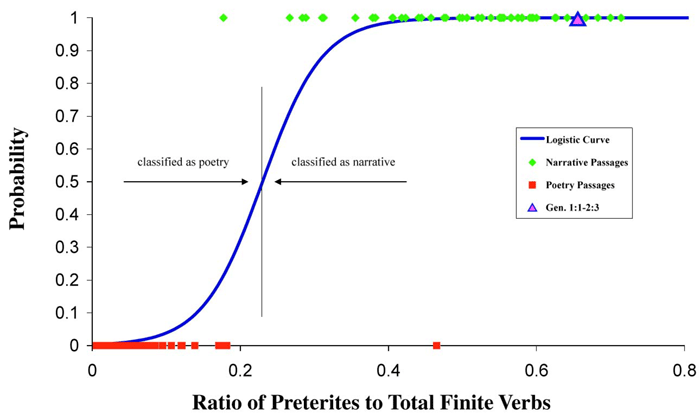 |
| Figure 2. Logistic regression curve showing the probability a passage is a narrative based on its ratio of preterites to finite verbs. |
Conclusion
The distribution of preterites to finite verbs in Hebrew narrative differs distinctly from that in Hebrew poetry. Moreover, a logistic regression model fitted to the ratio of preterites to finite verbs categorizes texts as narrative or poetry to an extraordinary level of accuracy. With its probability of virtually 1, Genesis 1:1-2:3, therefore, is a narrative, not poetry.
Three major implications from this study are (1) it is not statistically defensible to read Genesis 1:1-2:3 as poetry; (2) since Genesis 1:1-2:3 is a narrative, it should be read as other Hebrew narratives are intended to be read as a concise report of actual events, couched to convey an unmistakable theological message;13 and
(3) when this text is read as a narrative, there is only one tenable view of its plain sense: God created everything in six literal days.
Endnotes and References
- RATE stands for "Radioisotopes and the Age of The Earth," a research initiative launched in 1997 jointly by the Institute for Creation Research, the Creation Research Society, and Answers in Genesis.
-
For how an author's relationship with his original readers should affect the reading of texts, see Nicolai Winther-Nielsen, "Fact, Fiction and Language
Use: Can Modern Pragmatics Improve on Halpern's Case for History in Judges?" in V. Phillips Long et al, eds. Windows into Old Testament History: Evidence, Argument, and the Crisis of "Biblical Israel" (Grand Rapids: Wm. B. Eerdmans Publishing Co., 2002), pp. 44-81. - Dr. Roger Longbotham, Senior Statistician for Amazon.com, was the statistical consultant for this study.
- Preterites form the "backbone" of Hebrew narrative. See among others Jerome Walsh, Style and Structure in Biblical Hebrew Narrative (Collegeville, Minnesota: The Liturgical Press, 1996), pp. 155-172.
- Scott Menard, Applied Logistic Regression, 2nd Edition (Thousand Oaks, California: Sage Publications, 2002), pp. 67-91 and Fred Pampel, Logistic Regression: A Primer (Thousand Oaks, California: Sage Publications, 2000), pp. 1-18.
- The model representing X1 (preterites/finite verbs) is -5.39 + 22.44 X1 for unweighted data and -5.69 + 24.73 X1 for weighted data.
- Menard, pp. 17-22.
- For a two tailed test, p < .000001.
- Menard, p. 24.
- Ibid., pp. 28-40.
- For our data the expected errors without the model is 2(48)(49)/97, which equals 48.49. So, tP = (48.49 - 2)/48.49 = .96.
- The binomial statistic is computed as follows: d = (Pe - pe) / Ö Pe (1 - Pe)/N, where Pe is (errors without the model)/N and pe is (errors with the model)/N). For our model d was 9.44167264. So, p < 1.0 x 10-14.
- Meir Sternberg, The Poetics of Biblical Narrative: Ideological Literature and the Drama of Reading (Bloomington: Indiana University Press, 1987), p. 31.
* Steven W. Boyd, Ph.D. in Hebraic and Cognate Studies, is an Associate Professor of Bible at The Master’s College in Santa Clarita, California.
[body_edit] =>Is Genesis 1:1-2:3 a historical narrative (with the plain sense of its words corresponding to reality and the sequence of events portrayed correlating with real time) or is it an extended poetic metaphor? Answering this vital question has been the focus of my RATE research, the results of which will appear as a chapter in the final RATE book.1 Below is just a sample of the exciting results of this study: paired-texts data, control charts, and logistic regression.
The priority of the text: a statistical approach
Although the Hebrew text's ordinary morphology, syntax, and vocabulary betray no indication that it should be read other than as a narrative, many who hold to an old earth model, read it as mere poetry. But is this approach defensible? I'm convinced the text will tell us whether the author wanted us to read it as poetry or prose: countable linguistic features—which allow statistical analysis—can inform us of what his original readers would have intuitively grasped.2 I chose to study the distribution of Biblical Hebrew finite verbs (verbs inflected for person, gender, and number), to find the answer.
A statistically valid, stratified random sample of 48 narrative and 49 poetry texts was generated from all the narrative and poetry texts and then subjected to statistical tests in order to answer two questions: (1) Is the finite verb distribution dependent on genre (poetry versus narrative)? and (2) If it is, can the distribution in a given text be used to determine its genre?3
Paired-texts data
The paired-texts data plot (figure 1) contrasts the distributions of finite verbs for narrative and poetic versions of the same event: the crossing of the Red Sea (Exodus 14, narrative; Exodus 15:1-19, poetry); Baraq and Deborah defeating the Canaanites (Judges 4, narrative; Judges 5, poetry). In addition, Genesis 1:1-2:3; Psalm 104 (a poetic account of creation); Genesis 6-9 (the Flood); and two historical psalms, 105 and 106, were plotted. Preterite verbs (green) clearly dominate in narrative.4 On the other hand, imperfects (red) and perfects (yellow) clearly dominate in poetry.
 |
| Figure 1. 3-D plot of paired-texts data, showing contrasting finite verb distribution for narrative versus poetry texts portraying the same event. |
Relative Frequency
Ex. 14
Ex. 15:1-18
Jdgs. 4
Jdgs. 5
Gen. 1:1-2:3
Ps. 104
Flood
Ps. 105; 106
Control charts
In control charts, data points within three standard deviations of the mean have a 99.73 percent probability of belonging to that population; whereas points outside these control limits do not belong. The charts showed that the mean of the ratios of preterites to finite verbs for narrative differs from poetry. Finite verb distribution, therefore, is dependent on genre. Moreover, since Genesis 1:1-2:3 was far outside the upper control limits for poetic texts, it is not part of that population.
Logistic regression: model evaluation
Logistic regression is ideal for our data, because a text is either a narrative or poetry, with assigned probabilities (P) of 1 and 0, respectively.5 We determined the coefficients of the equation for the curve that fit this non-linear data by maximizing the logarithm of the odds (P/(1-P)) for the ratios of preterites to finite verbs for the 97 texts analyzed.6
To determine our model's goodness of fit, we calculated the "model chi-squared" statistic to test the null hypothesis that our model did no better than the model with zero coefficients.7 Our model rejected this null hypothesis at a highly statistically significant level.8
We also determined R2L , a measure of the substantive significance of the model, that is, how much does the model reduce the variation from the zero coefficients model. R2L ranges from 0 (poor model) to 1 (perfect model).9 For our model R2L was .85 for the unweighted, .88 for the weighted—highly effective in reducing the variation.
Logistic regression: classification accuracy
A perfect classification model would classify all passages into their actual genre. Our model misclassified only 2 out of 97 passages.
Classification accuracy is indicated by proportional change in error (tP),10 which measures how much the model reduces error: tP = ((errors without the model) - (errors with the model))/(errors without the model).
The expected number of errors without the model for a classification model is
2nY=0nY=1/N , where nY=0 is the number of poetic texts examined, nY=1 is the number of narrative texts examined, and N is the total number of texts examined.
If tP equals 1, the model is a perfect classifier; if tP is negative, the model did worse than random classification. For our model tP was 0.96—highly substantively significant.11
The binomial statistic was used to test the null hypothesis that the proportion incorrectly classified by the model is no lower than that of random classification. Our model also rejected this null hypothesis at a highly statistically significant level.12 Our model is a superb classifier.
Logistic regression: identifying the genre of texts
Rejection of the null hypotheses means that the logistic curve for our model (figure 2) identifies genre extremely accurately. In figure 2 red squares represent the poetic texts, green diamonds the narrative texts, and a pink triangle Genesis 1:1-2:3. Points on the curve are the probability that a text is a narrative for a given ratio of preterites to finite verbs. Using this curve the probability that Genesis 1:1-2:3 (X1 = 0.655) is a narrative is 0.999972604.
 |
| Figure 2. Logistic regression curve showing the probability a passage is a narrative based on its ratio of preterites to finite verbs. |
Conclusion
The distribution of preterites to finite verbs in Hebrew narrative differs distinctly from that in Hebrew poetry. Moreover, a logistic regression model fitted to the ratio of preterites to finite verbs categorizes texts as narrative or poetry to an extraordinary level of accuracy. With its probability of virtually 1, Genesis 1:1-2:3, therefore, is a narrative, not poetry.
Three major implications from this study are (1) it is not statistically defensible to read Genesis 1:1-2:3 as poetry; (2) since Genesis 1:1-2:3 is a narrative, it should be read as other Hebrew narratives are intended to be read as a concise report of actual events, couched to convey an unmistakable theological message;13 and
(3) when this text is read as a narrative, there is only one tenable view of its plain sense: God created everything in six literal days.
Endnotes and References
- RATE stands for "Radioisotopes and the Age of The Earth," a research initiative launched in 1997 jointly by the Institute for Creation Research, the Creation Research Society, and Answers in Genesis.
-
For how an author's relationship with his original readers should affect the reading of texts, see Nicolai Winther-Nielsen, "Fact, Fiction and Language
Use: Can Modern Pragmatics Improve on Halpern's Case for History in Judges?" in V. Phillips Long et al, eds. Windows into Old Testament History: Evidence, Argument, and the Crisis of "Biblical Israel" (Grand Rapids: Wm. B. Eerdmans Publishing Co., 2002), pp. 44-81. - Dr. Roger Longbotham, Senior Statistician for Amazon.com, was the statistical consultant for this study.
- Preterites form the "backbone" of Hebrew narrative. See among others Jerome Walsh, Style and Structure in Biblical Hebrew Narrative (Collegeville, Minnesota: The Liturgical Press, 1996), pp. 155-172.
- Scott Menard, Applied Logistic Regression, 2nd Edition (Thousand Oaks, California: Sage Publications, 2002), pp. 67-91 and Fred Pampel, Logistic Regression: A Primer (Thousand Oaks, California: Sage Publications, 2000), pp. 1-18.
- The model representing X1 (preterites/finite verbs) is -5.39 + 22.44 X1 for unweighted data and -5.69 + 24.73 X1 for weighted data.
- Menard, pp. 17-22.
- For a two tailed test, p < .000001.
- Menard, p. 24.
- Ibid., pp. 28-40.
- For our data the expected errors without the model is 2(48)(49)/97, which equals 48.49. So, tP = (48.49 - 2)/48.49 = .96.
- The binomial statistic is computed as follows: d = (Pe - pe) / Ö Pe (1 - Pe)/N, where Pe is (errors without the model)/N and pe is (errors with the model)/N). For our model d was 9.44167264. So, p < 1.0 x 10-14.
- Meir Sternberg, The Poetics of Biblical Narrative: Ideological Literature and the Drama of Reading (Bloomington: Indiana University Press, 1987), p. 31.
* Steven W. Boyd, Ph.D. in Hebraic and Cognate Studies, is an Associate Professor of Bible at The Master’s College in Santa Clarita, California.
[typeID] => 2 [visible] => t [pdf] => /i/pdf/imp/imp-377.pdf [publishURL] => biblical-hebrew-creation-account-new-numbers-tell- [publishDate] => 0000-00-00 [authorAsterisk] => f [domainID] => 1 [publication] => [volume] => [issue] => [page] => [author] => Steven W. Boyd, Ph.D. ) -->







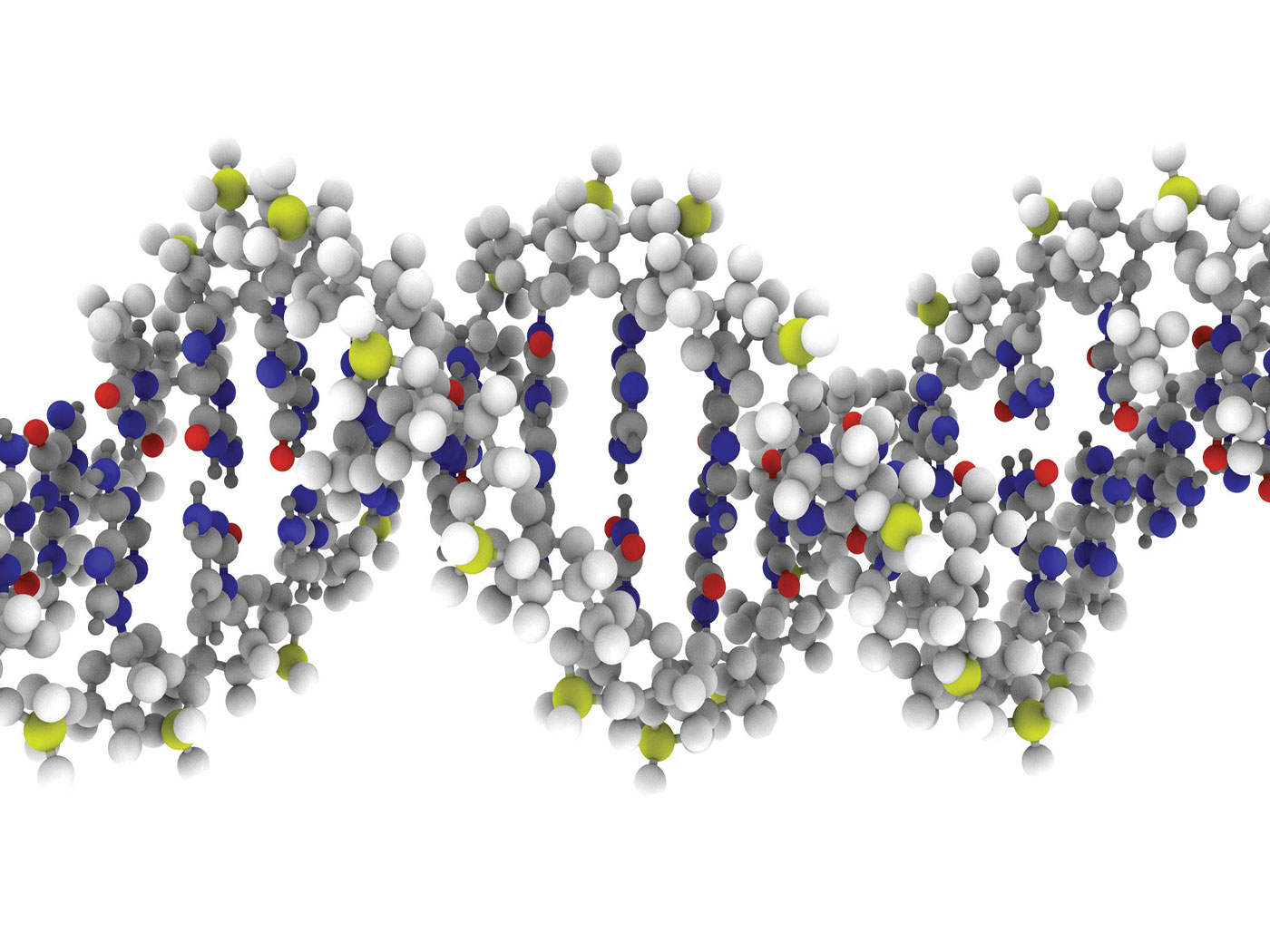




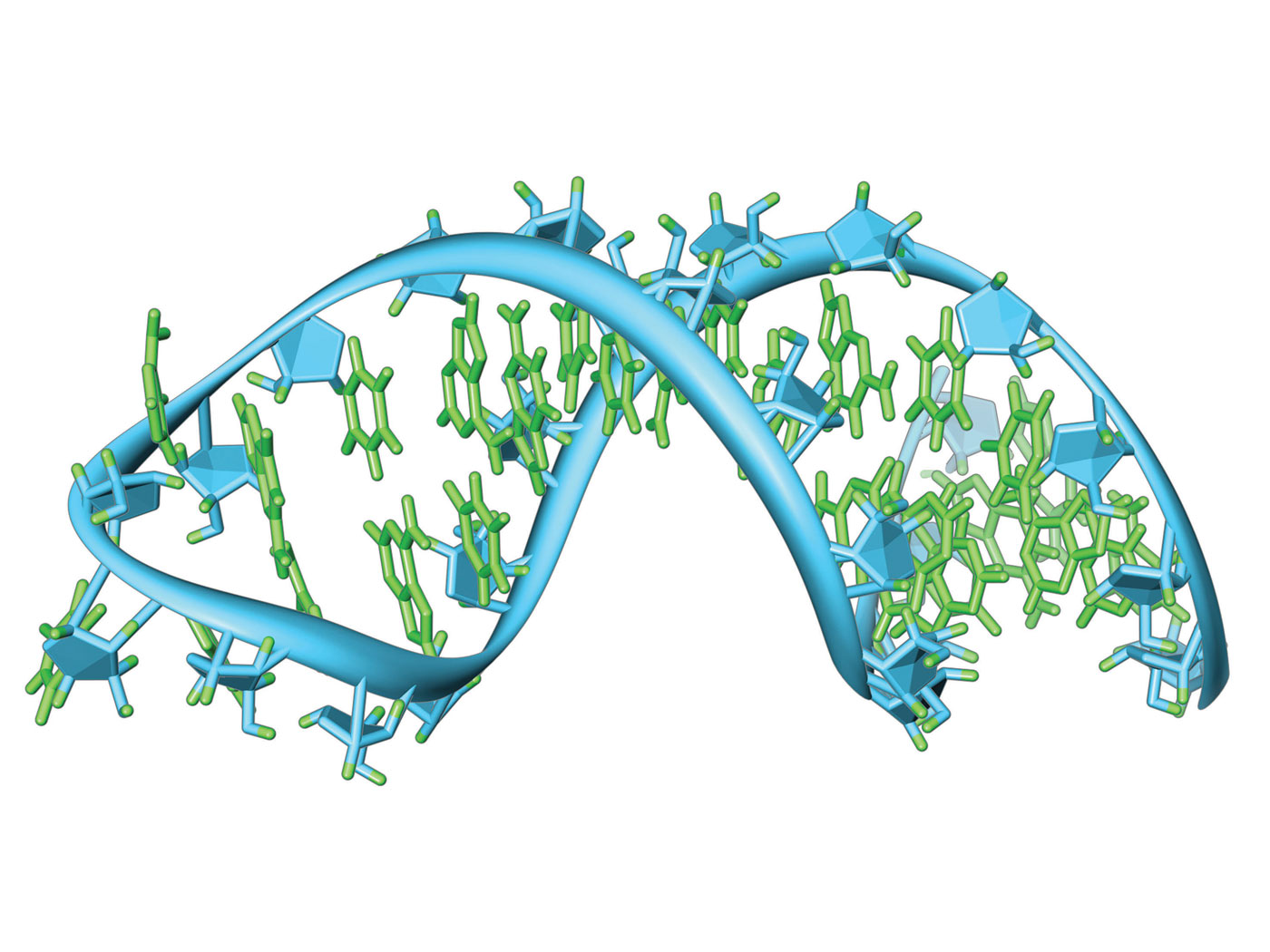
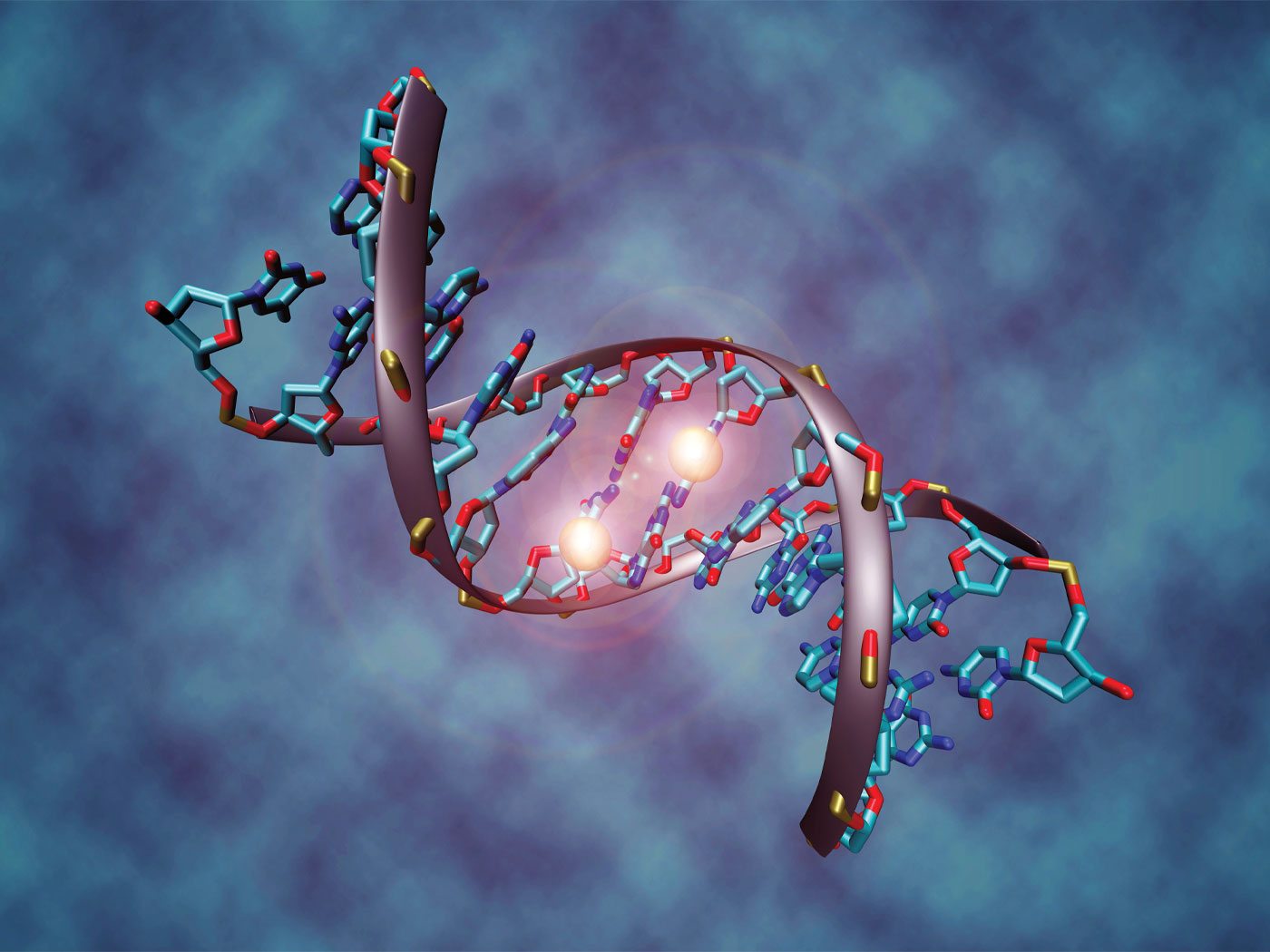



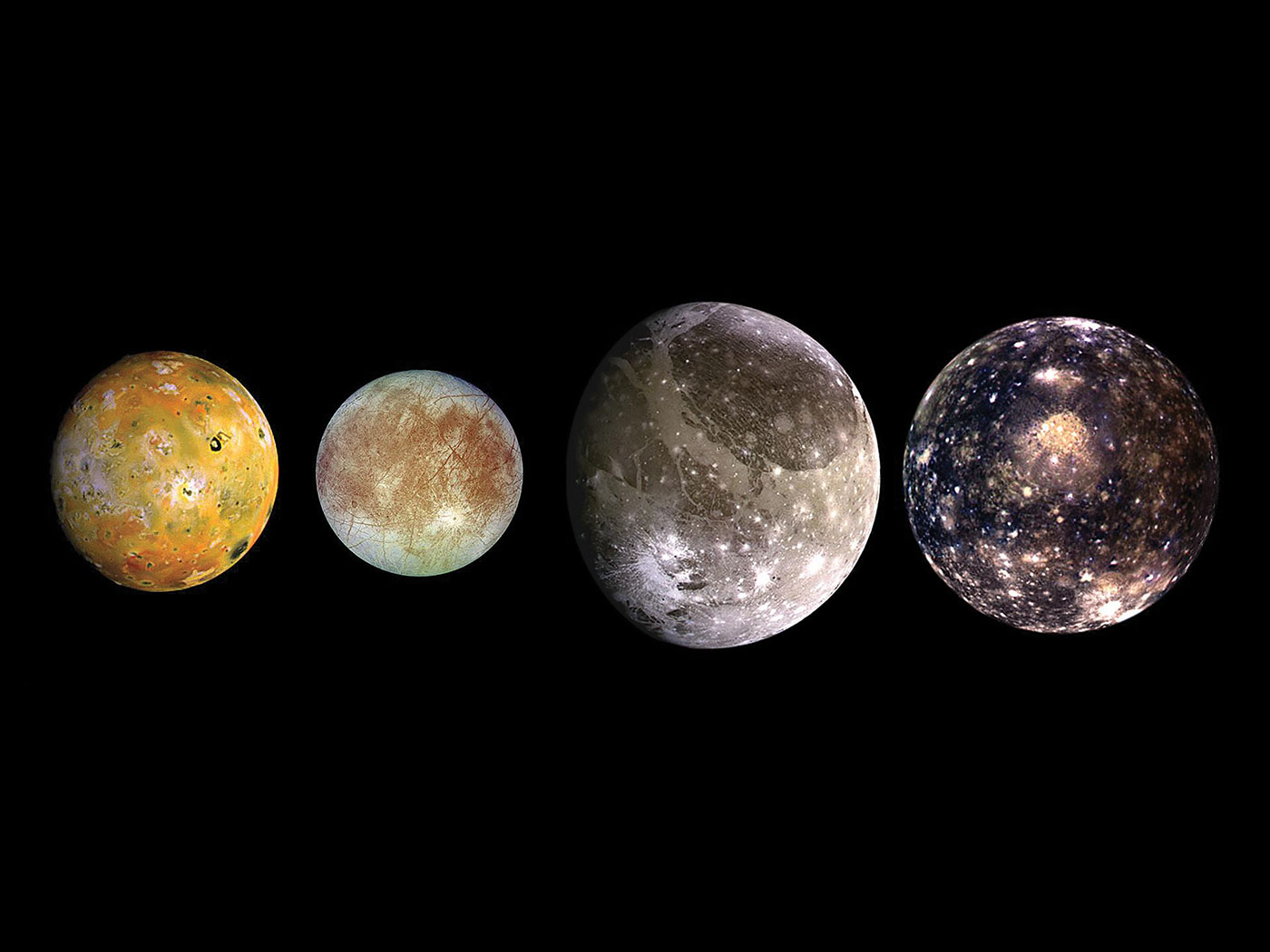





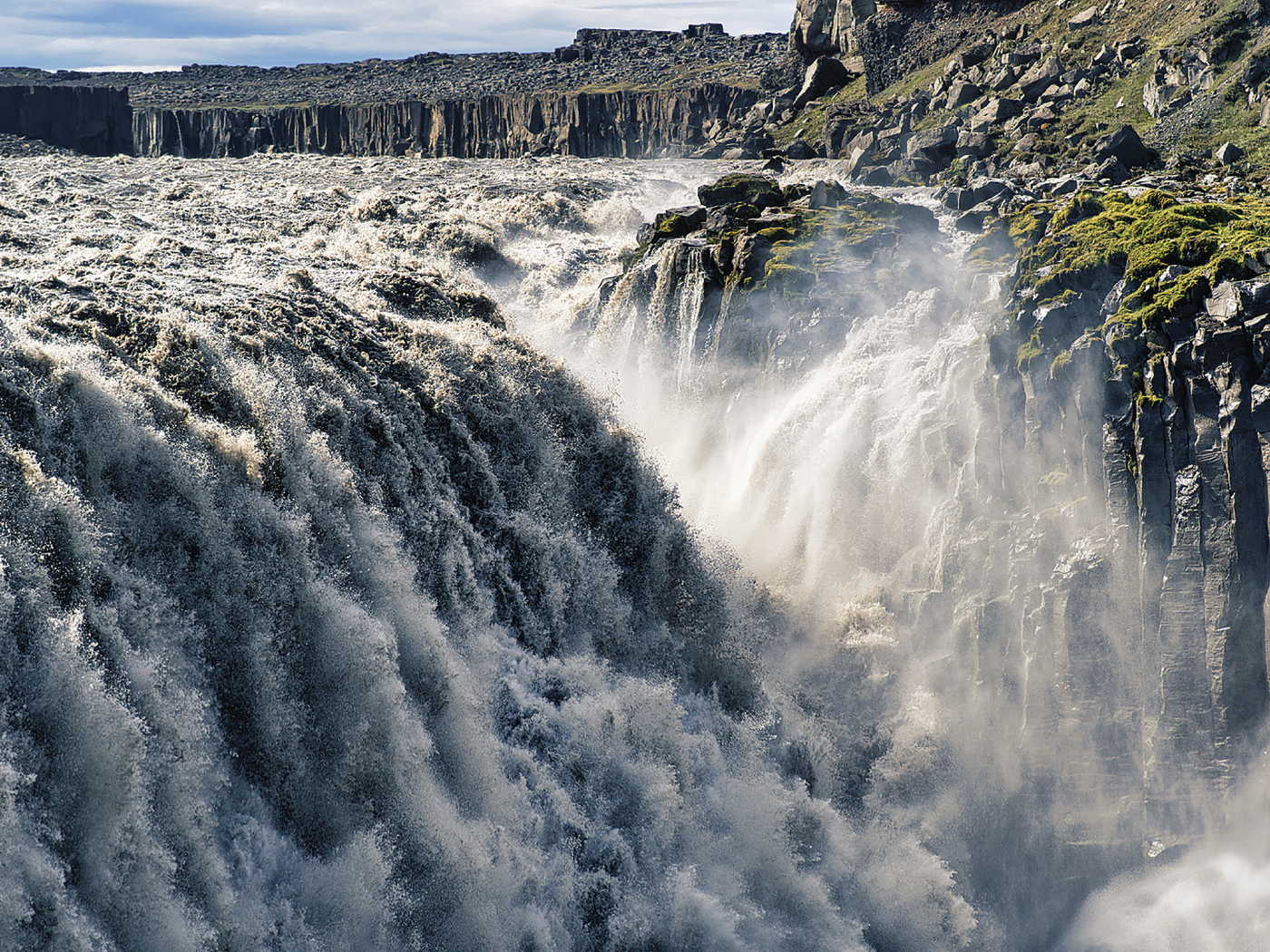



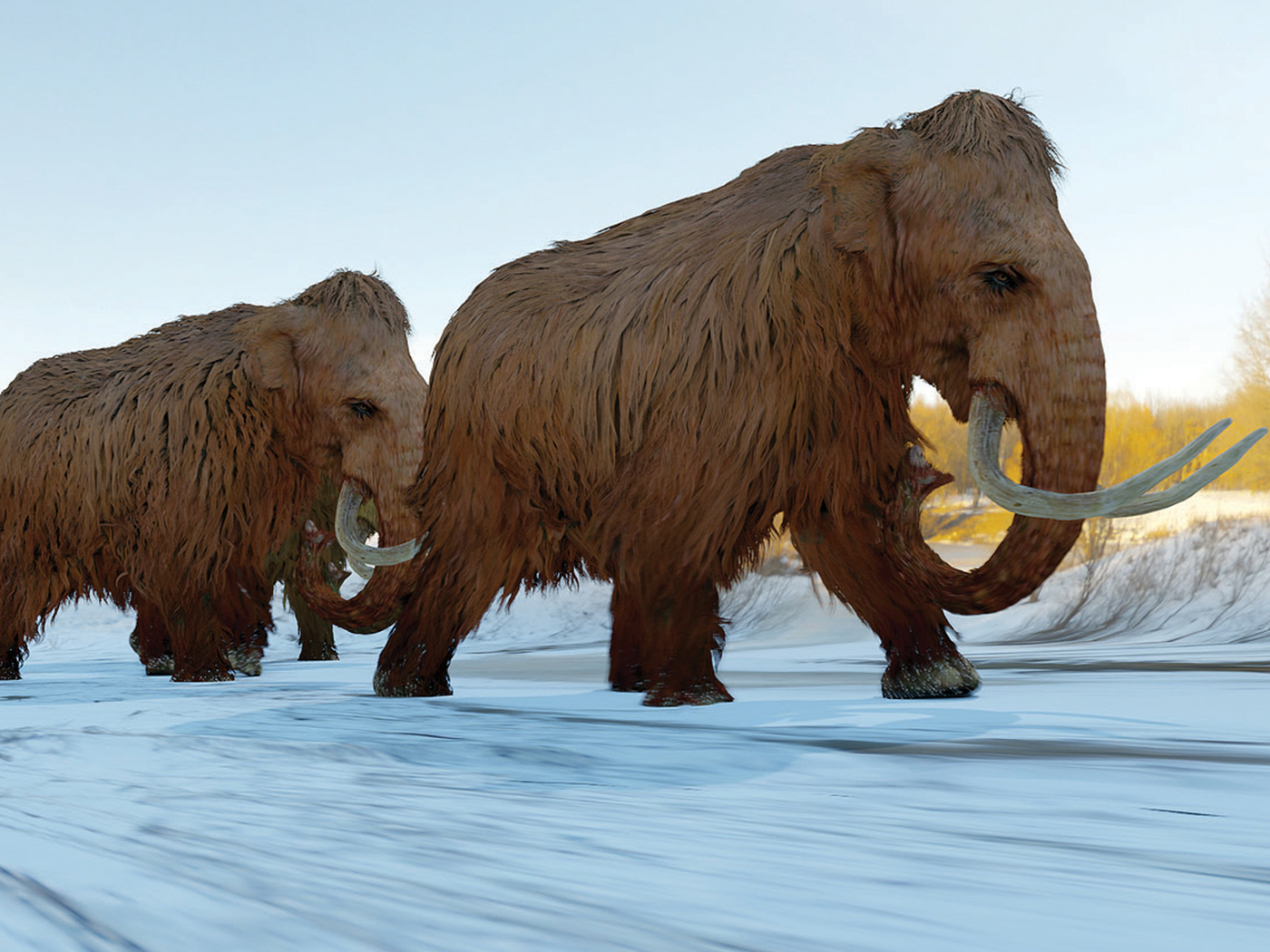














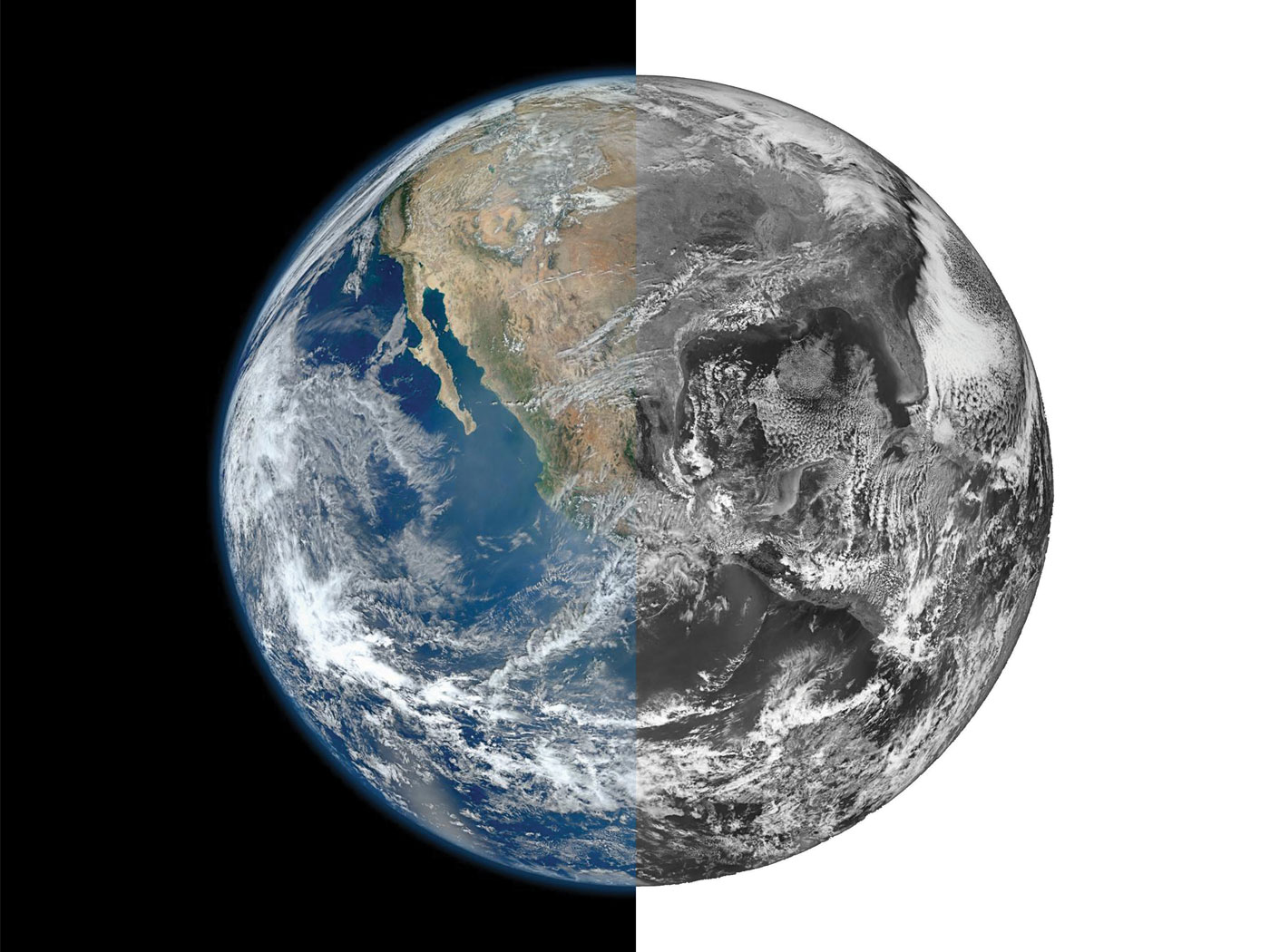


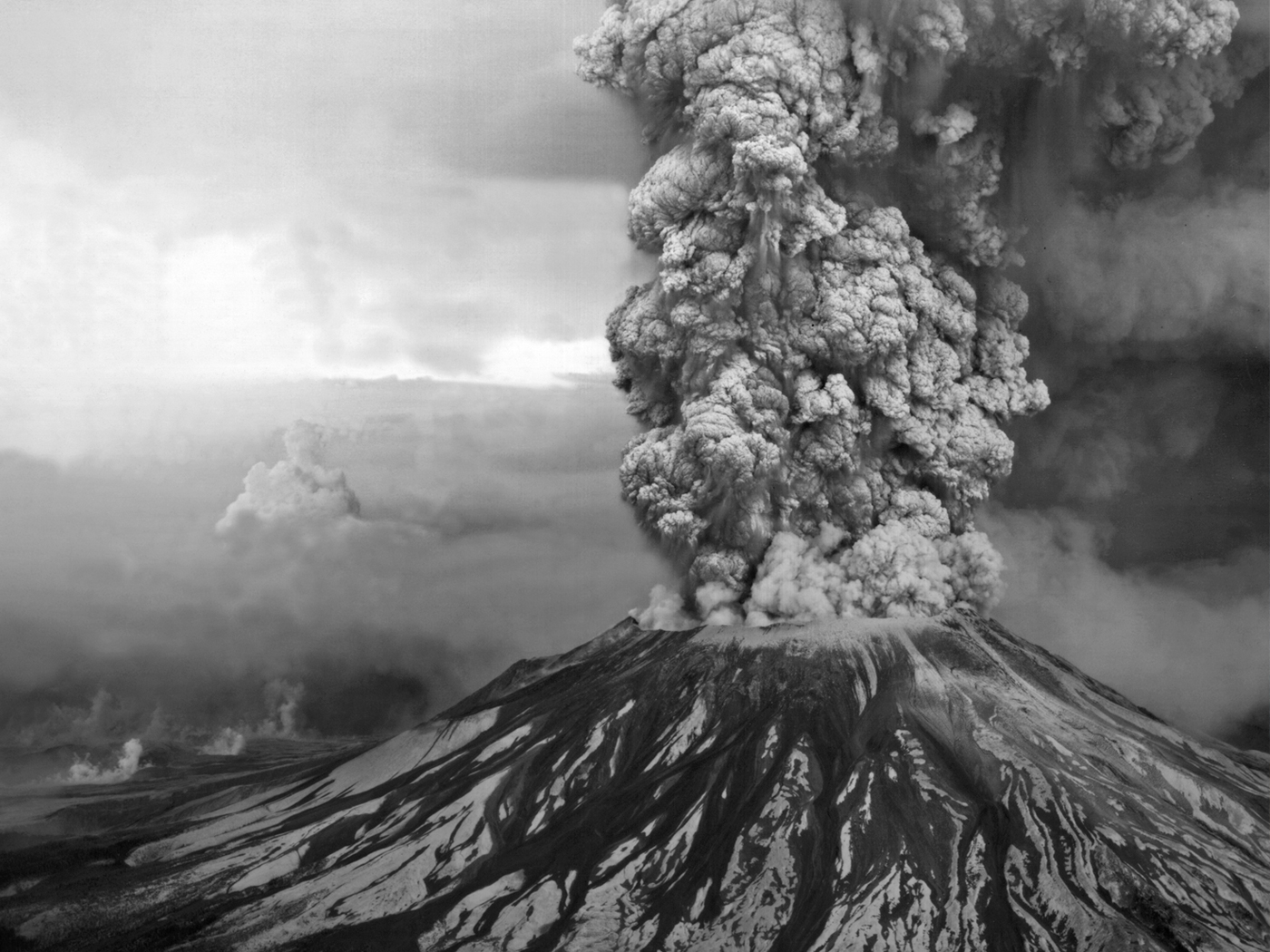
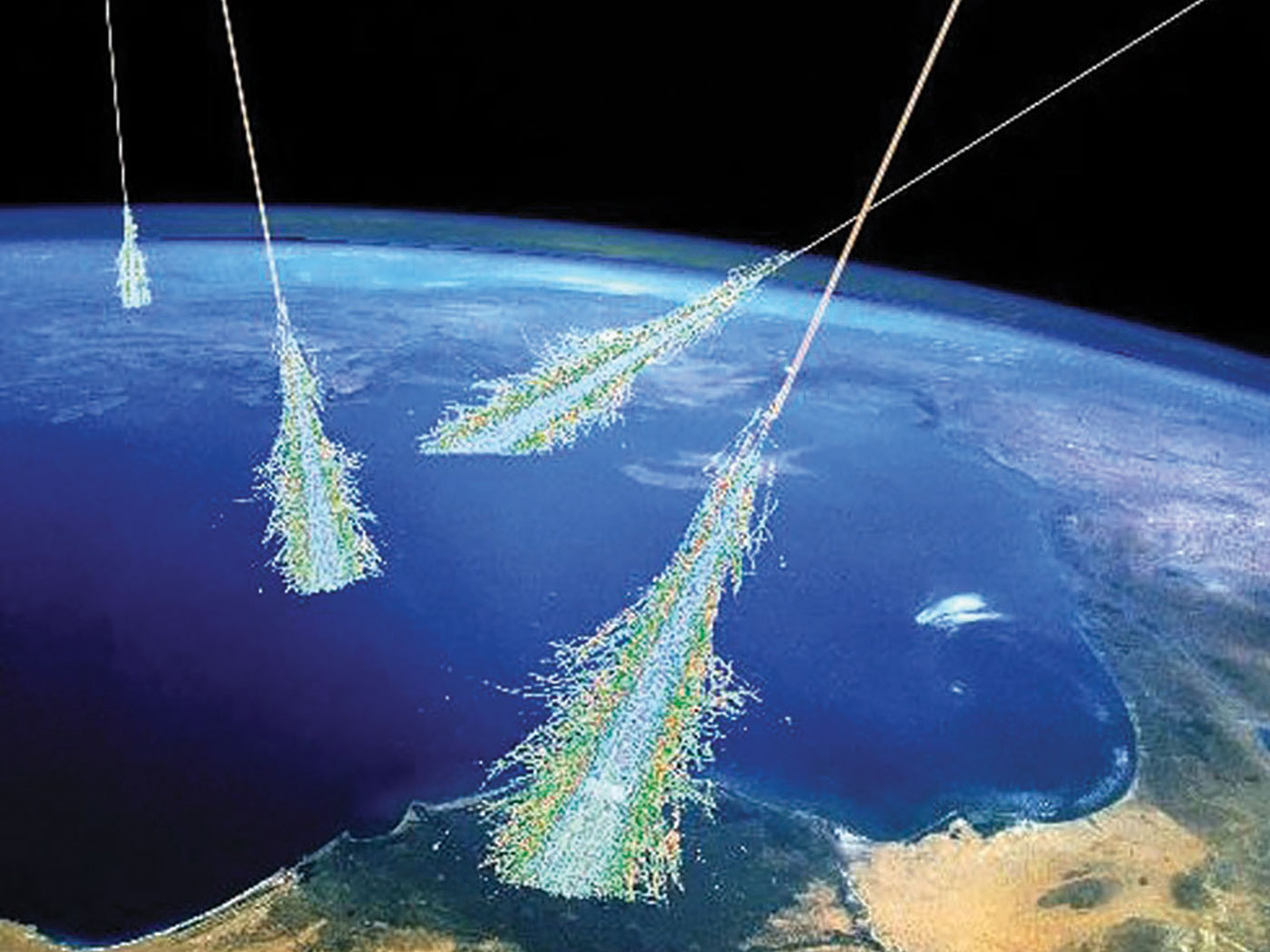


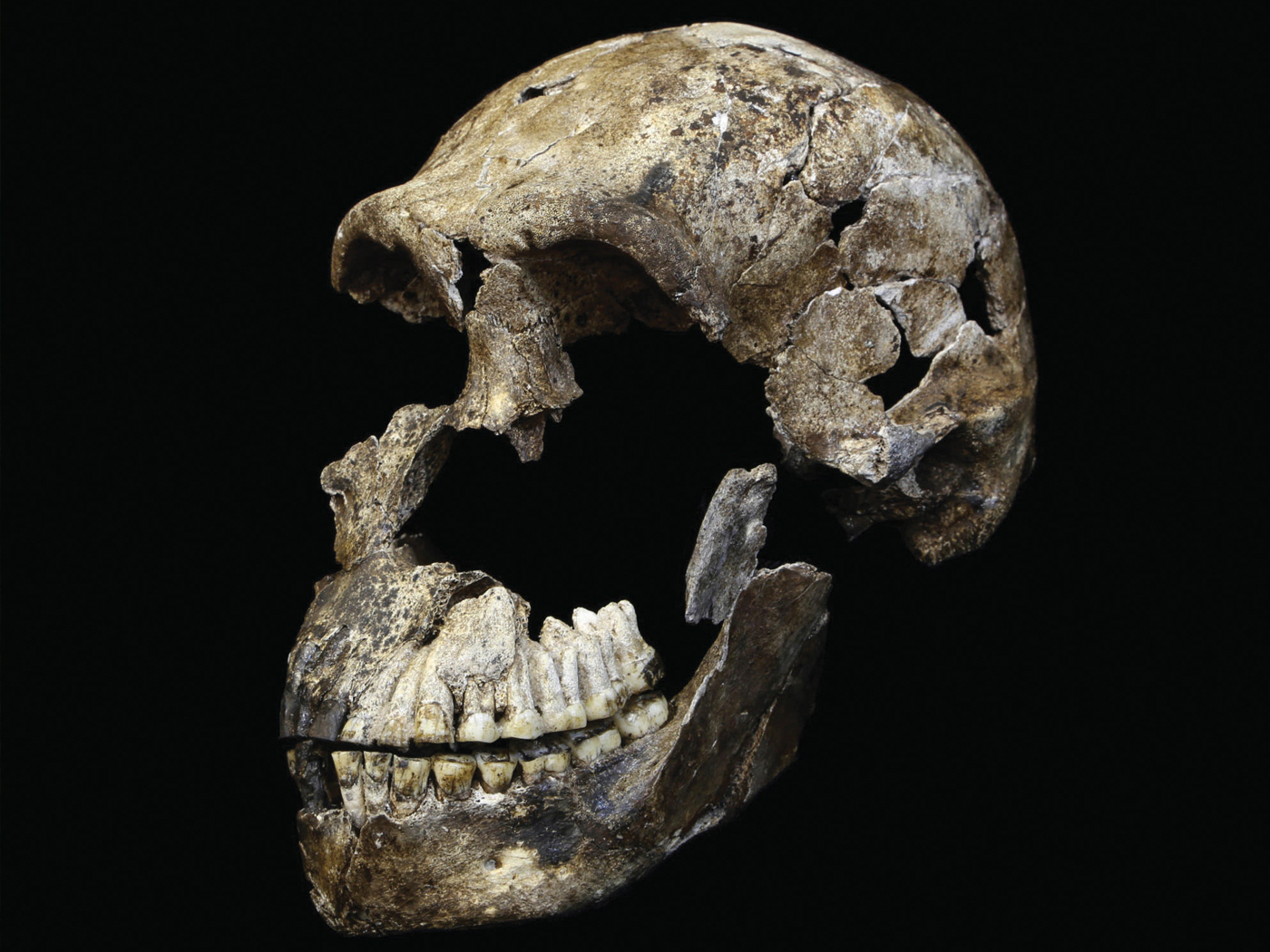


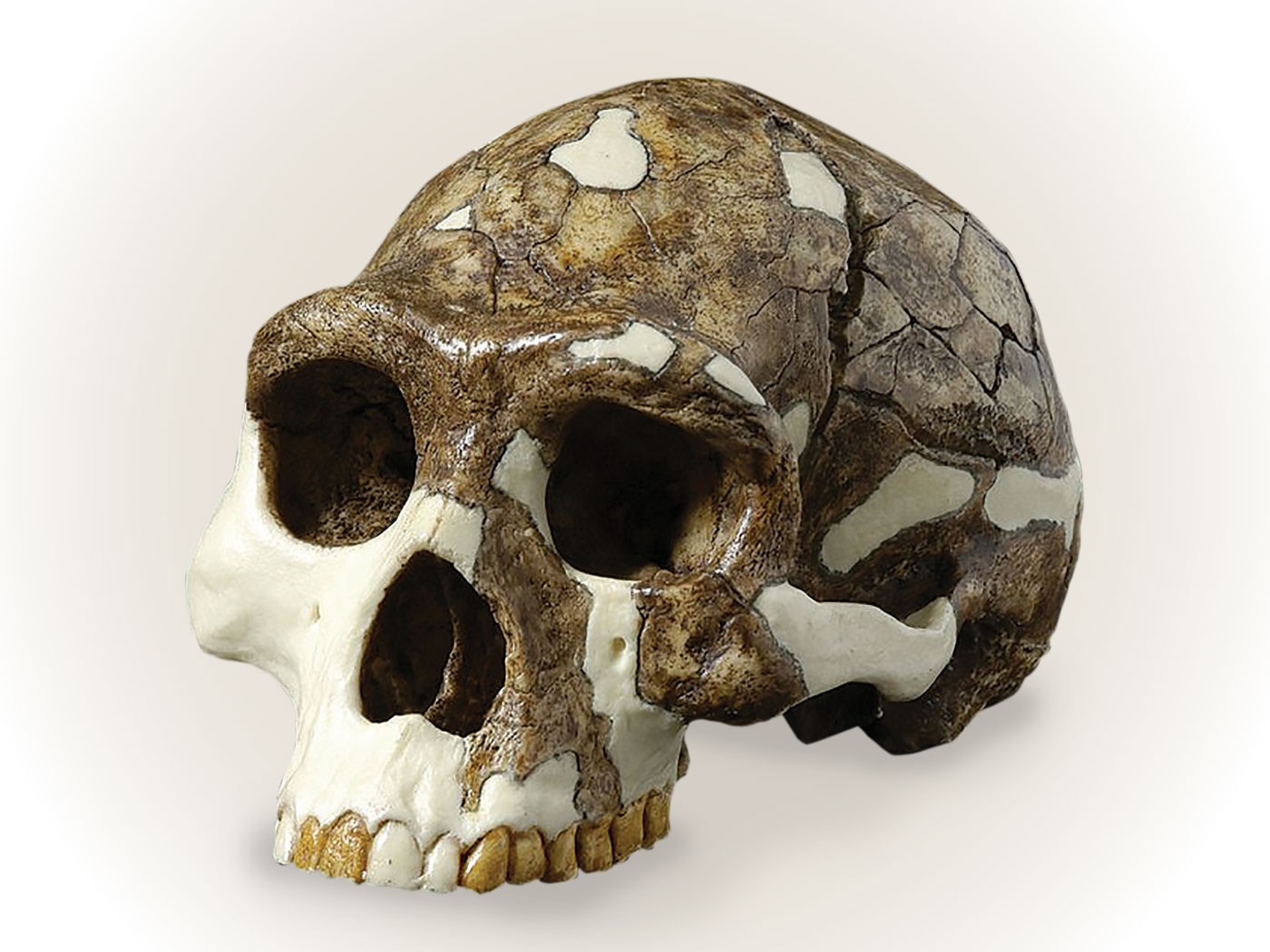

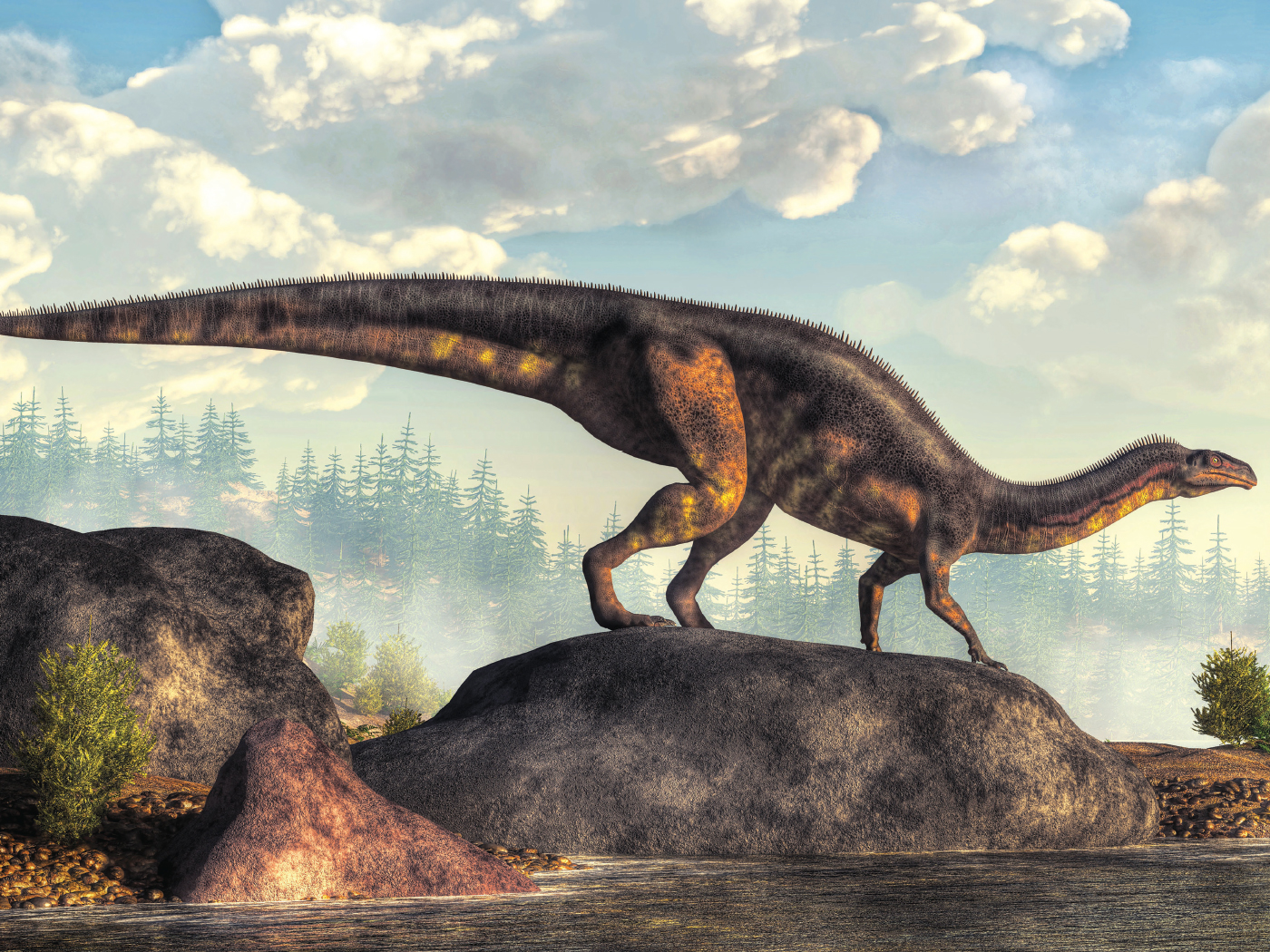




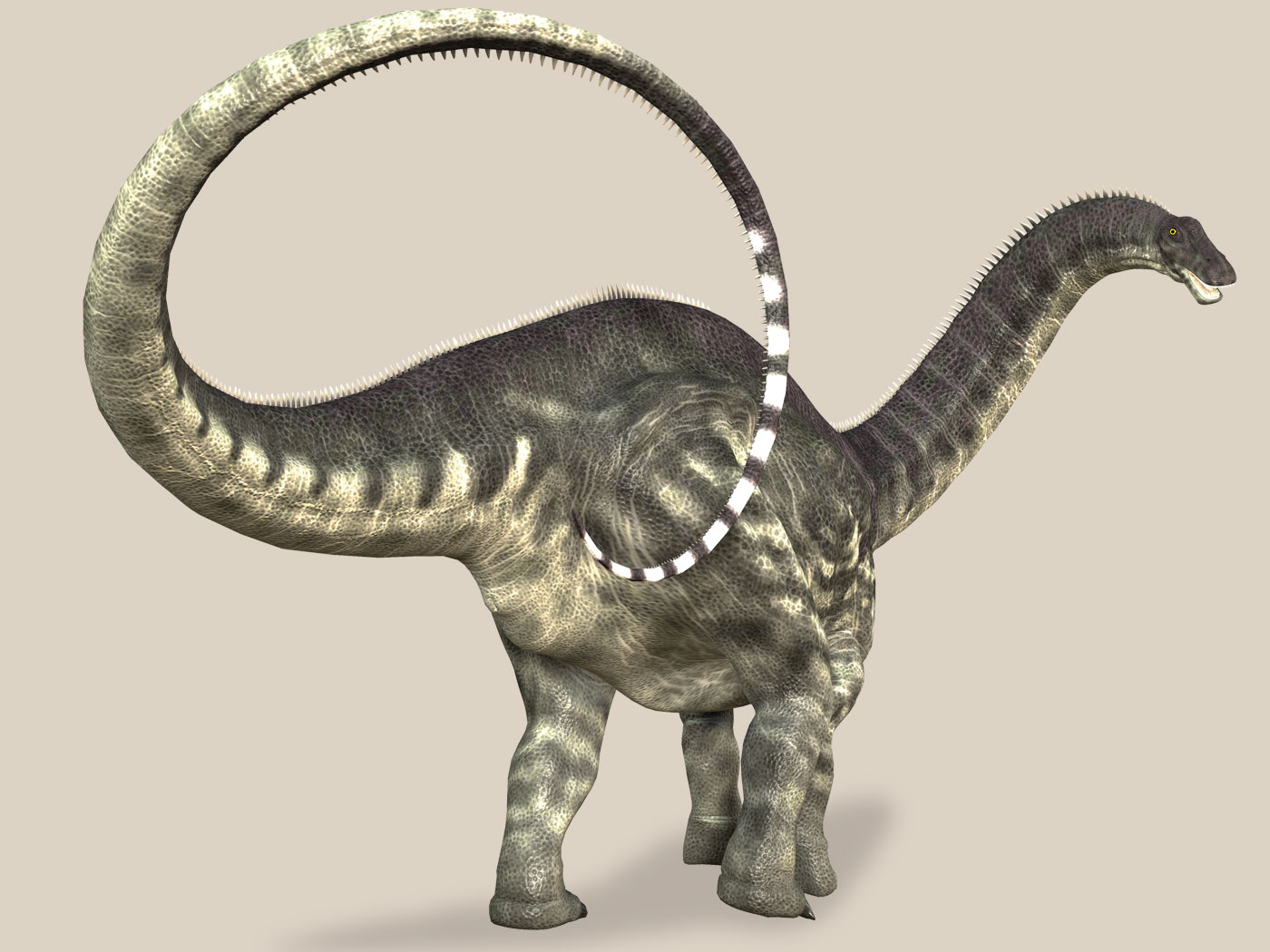
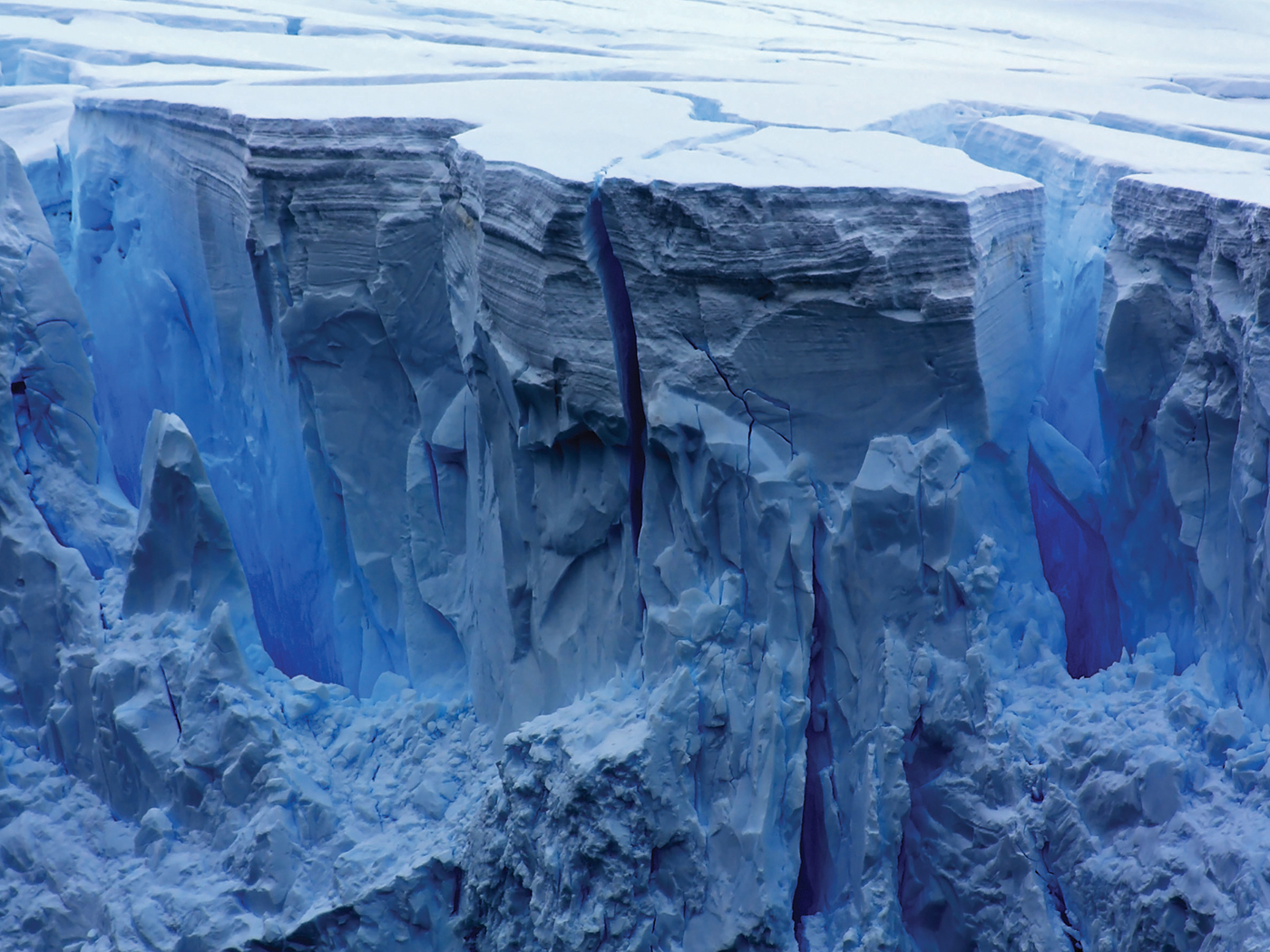
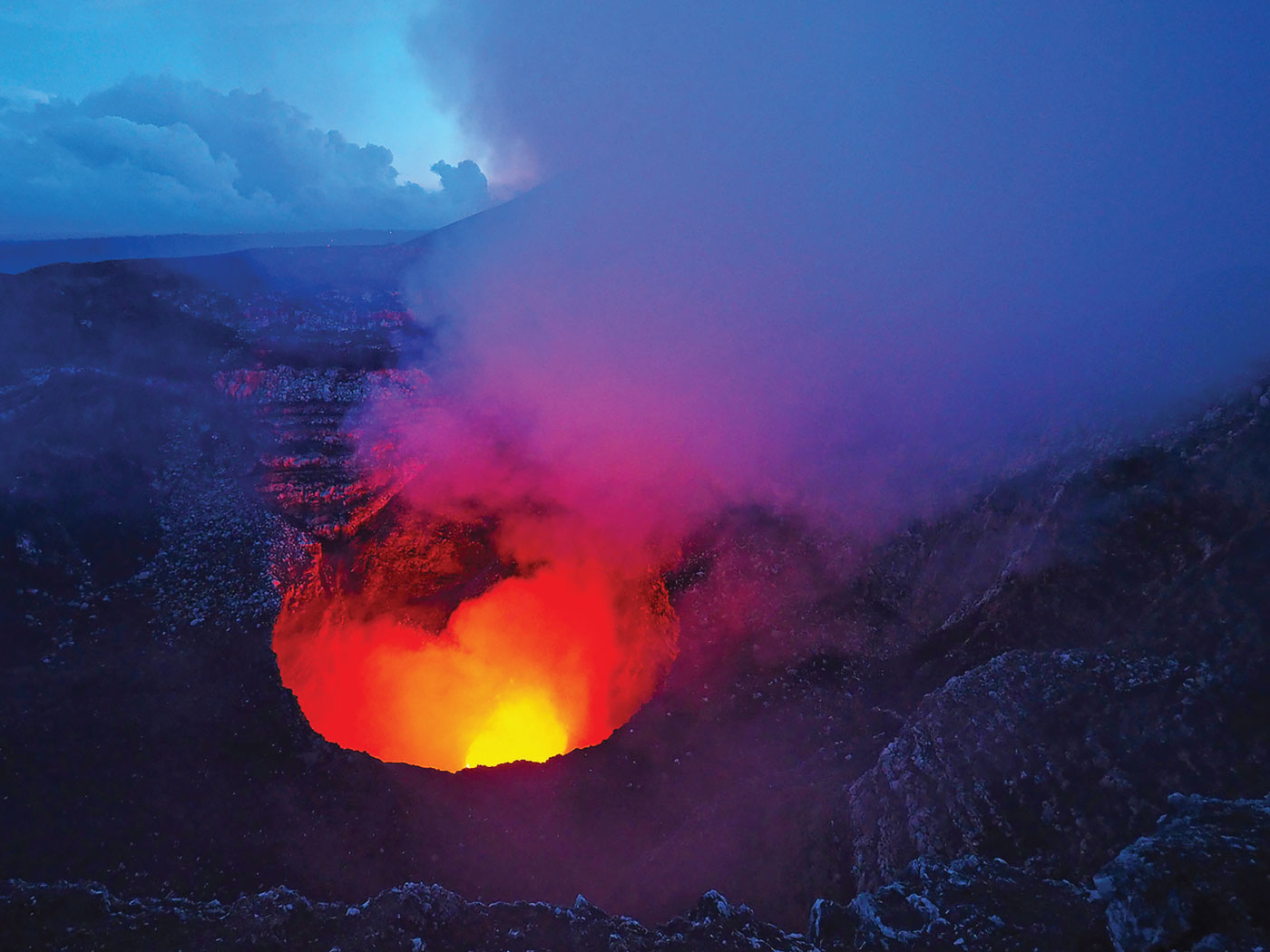
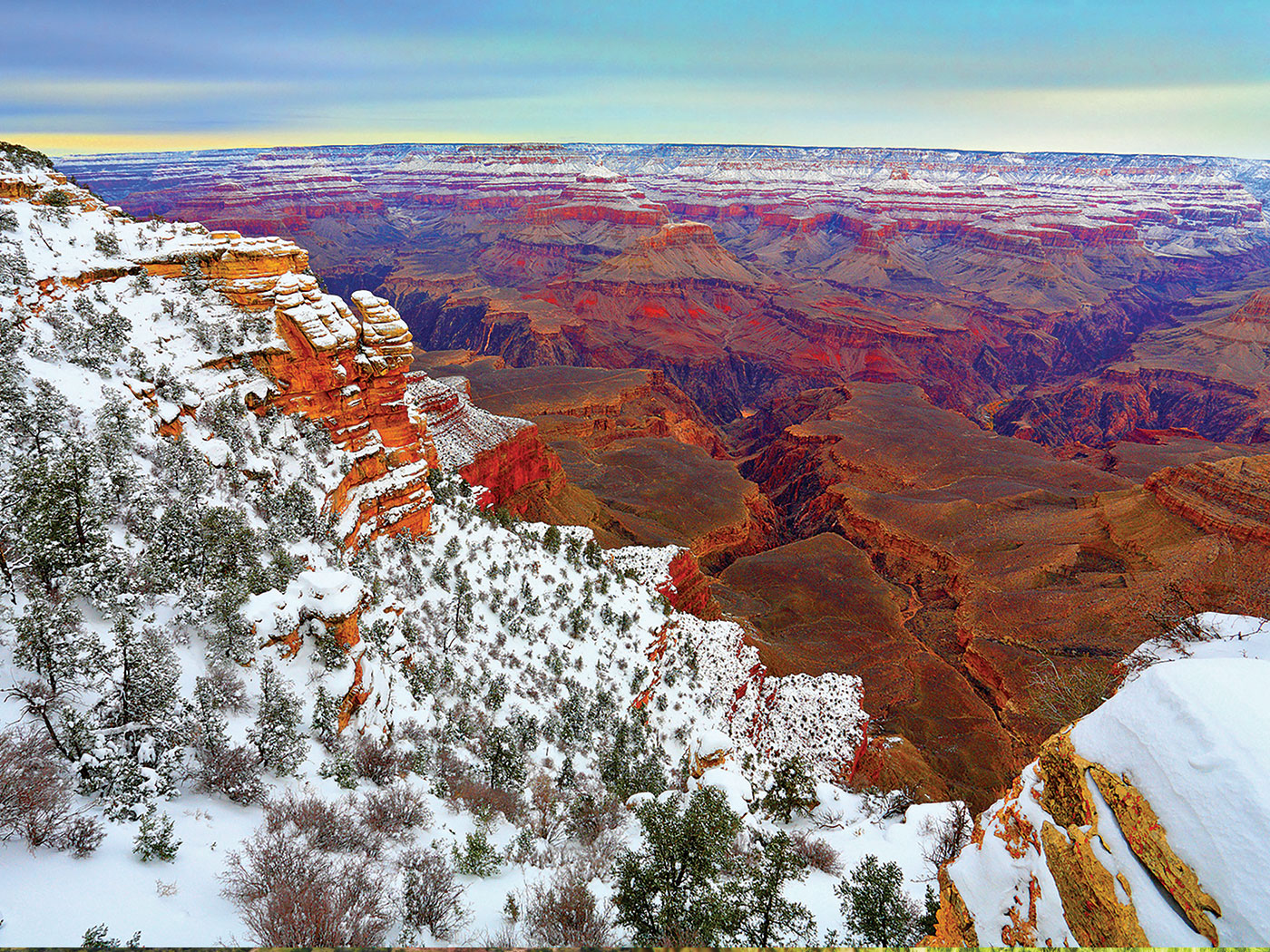

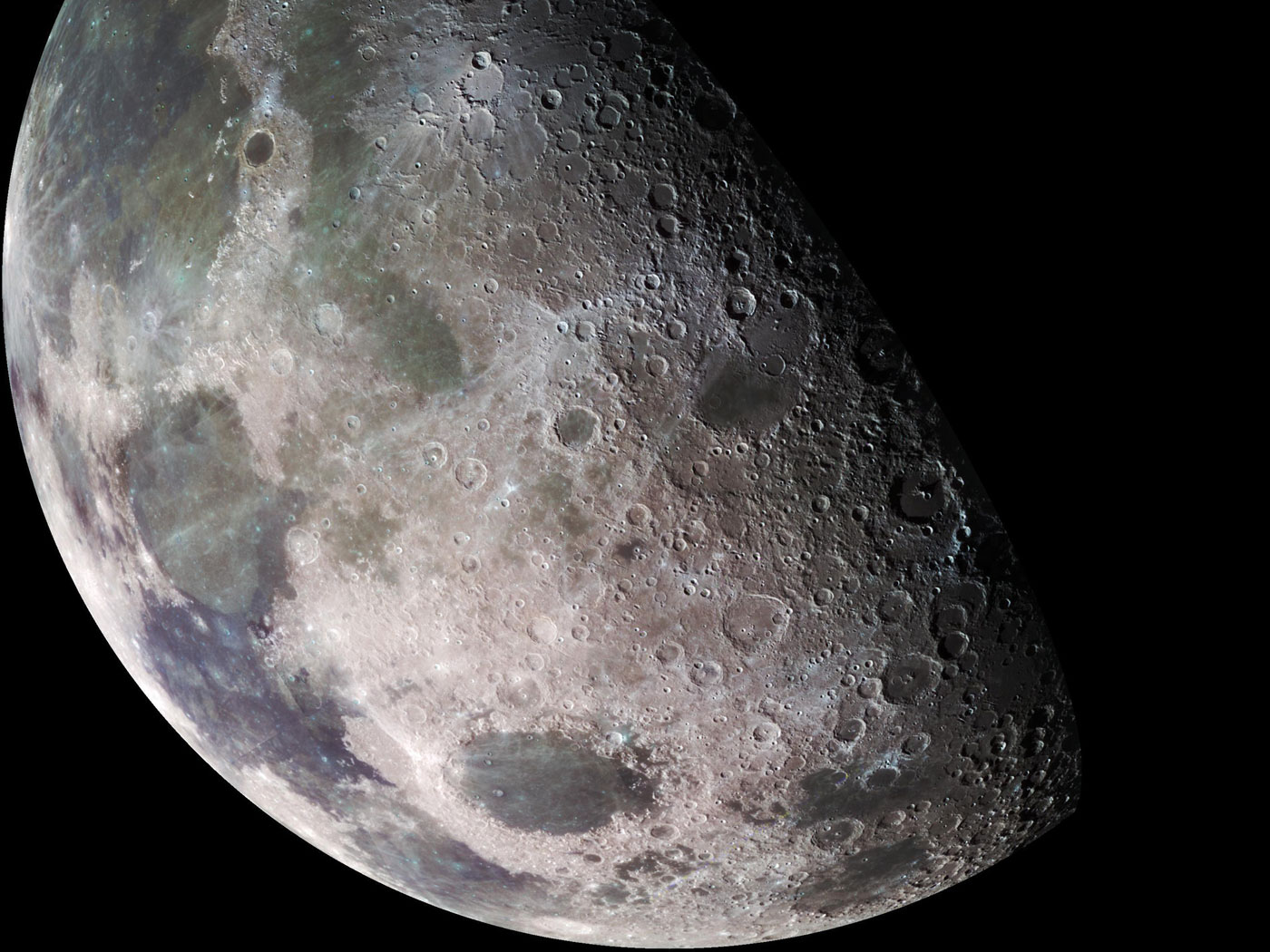



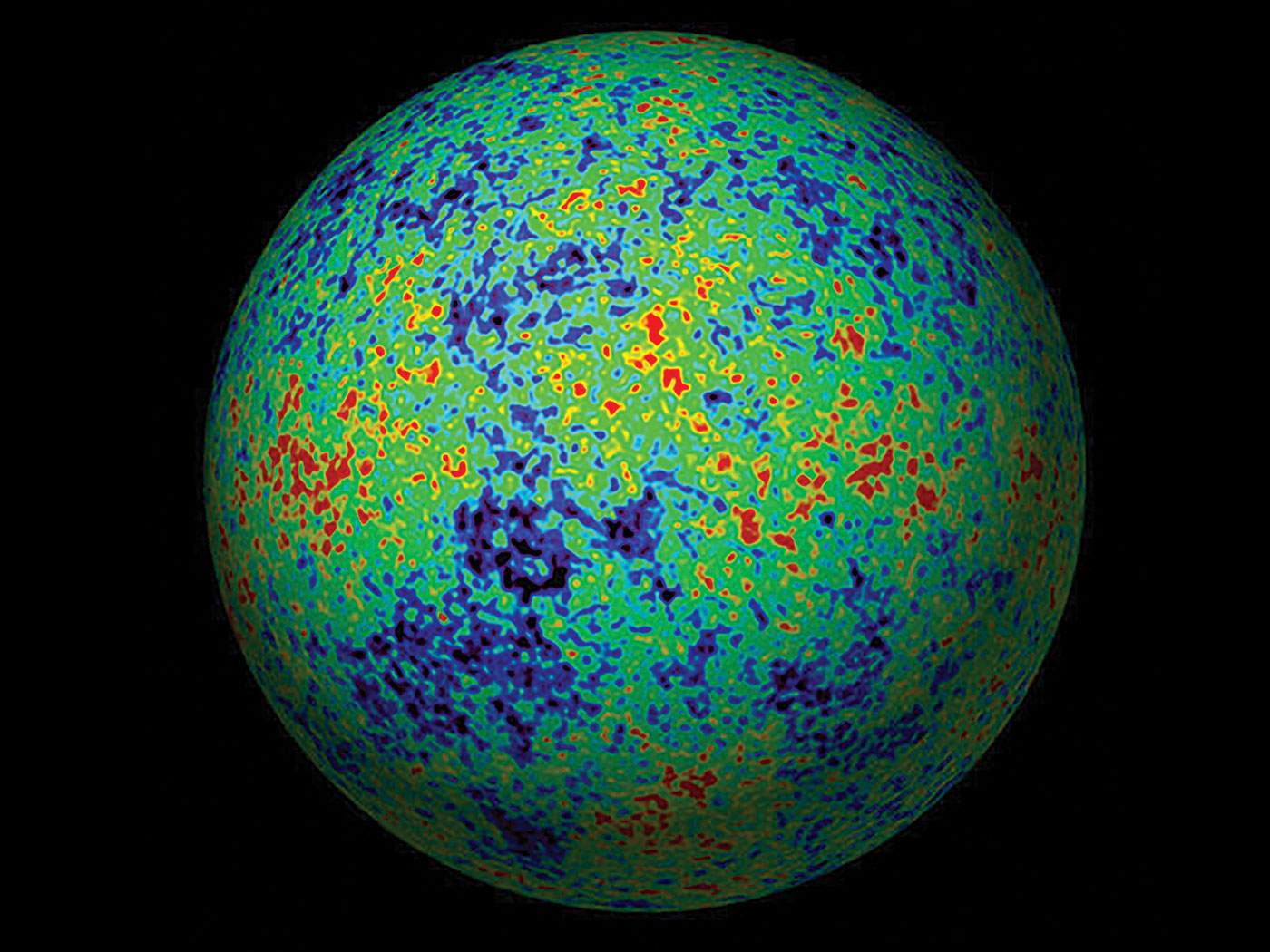




















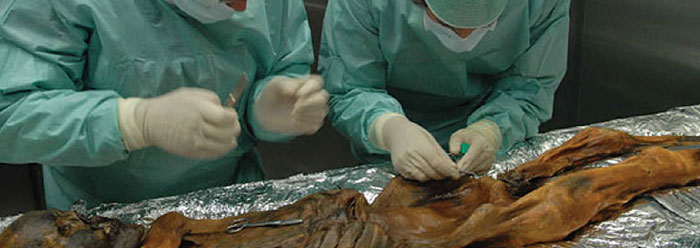
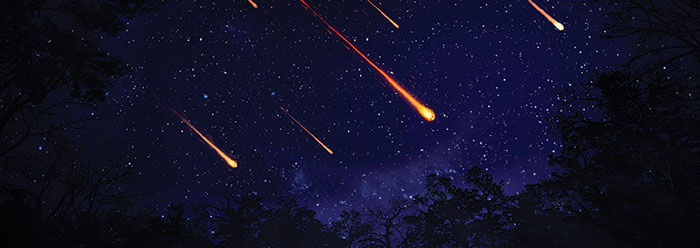





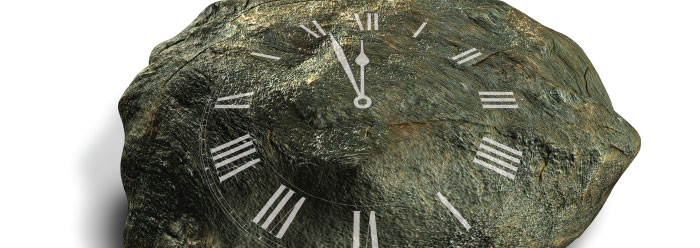



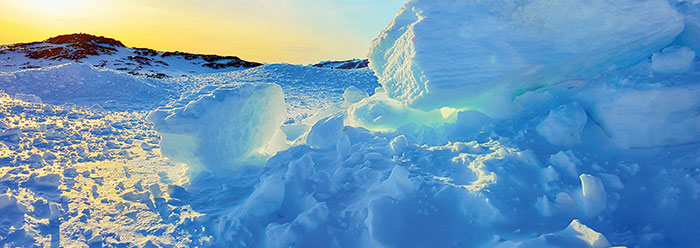

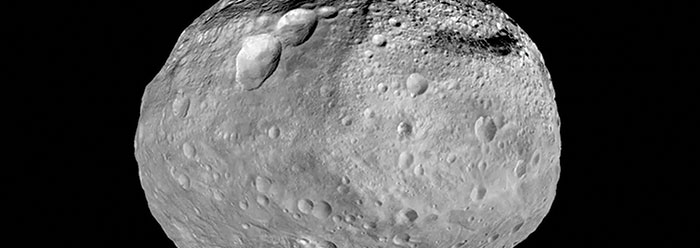



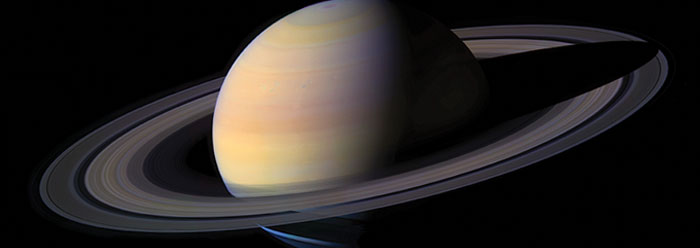
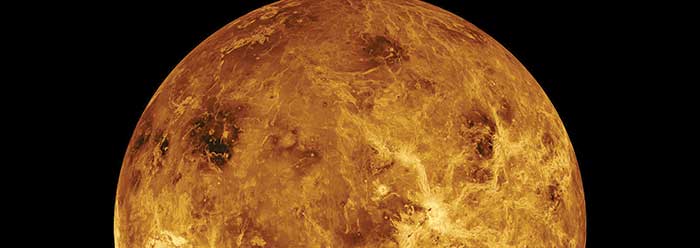

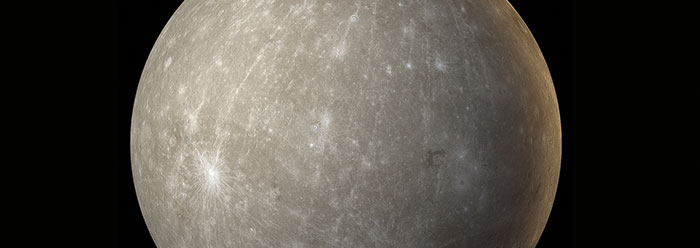

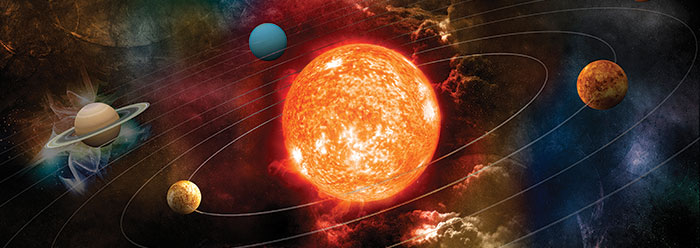
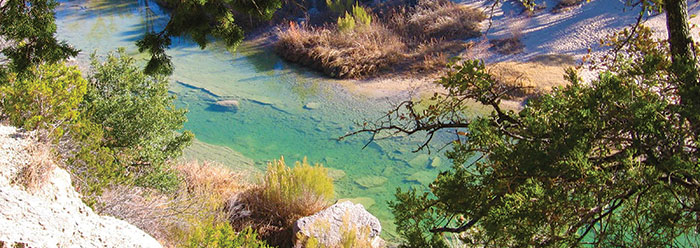







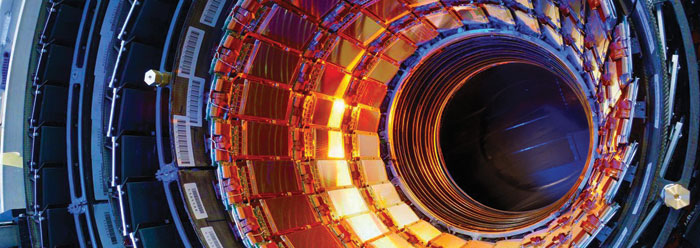



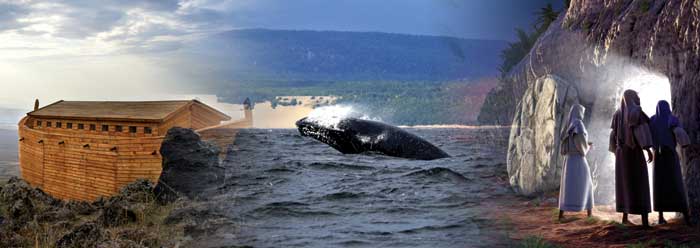


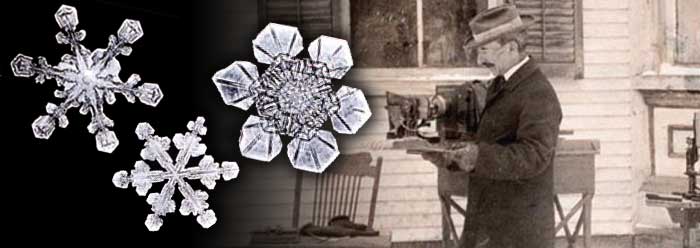



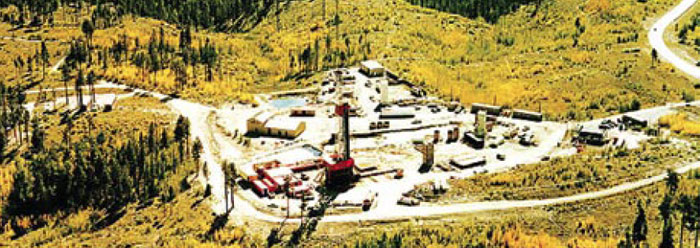






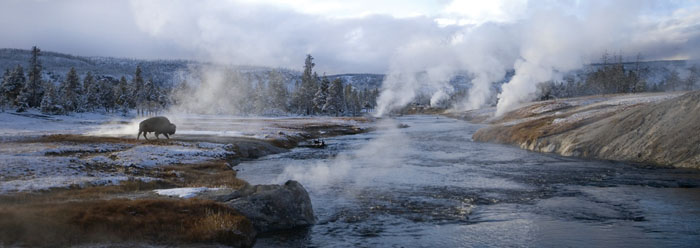







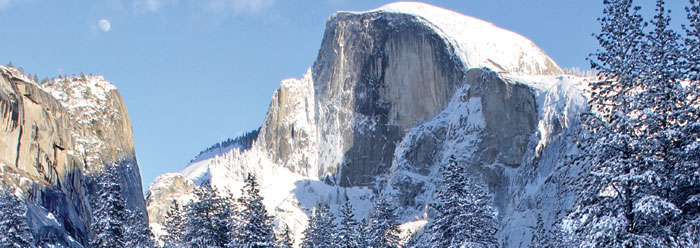
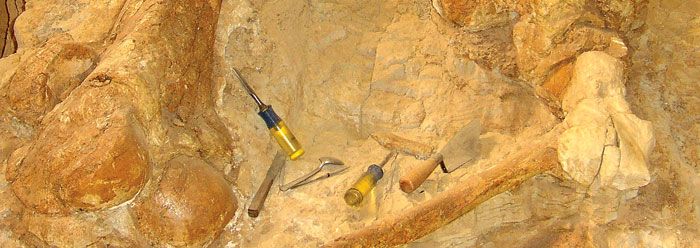



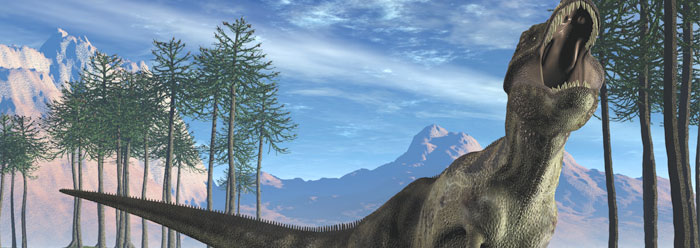












.jpg)

